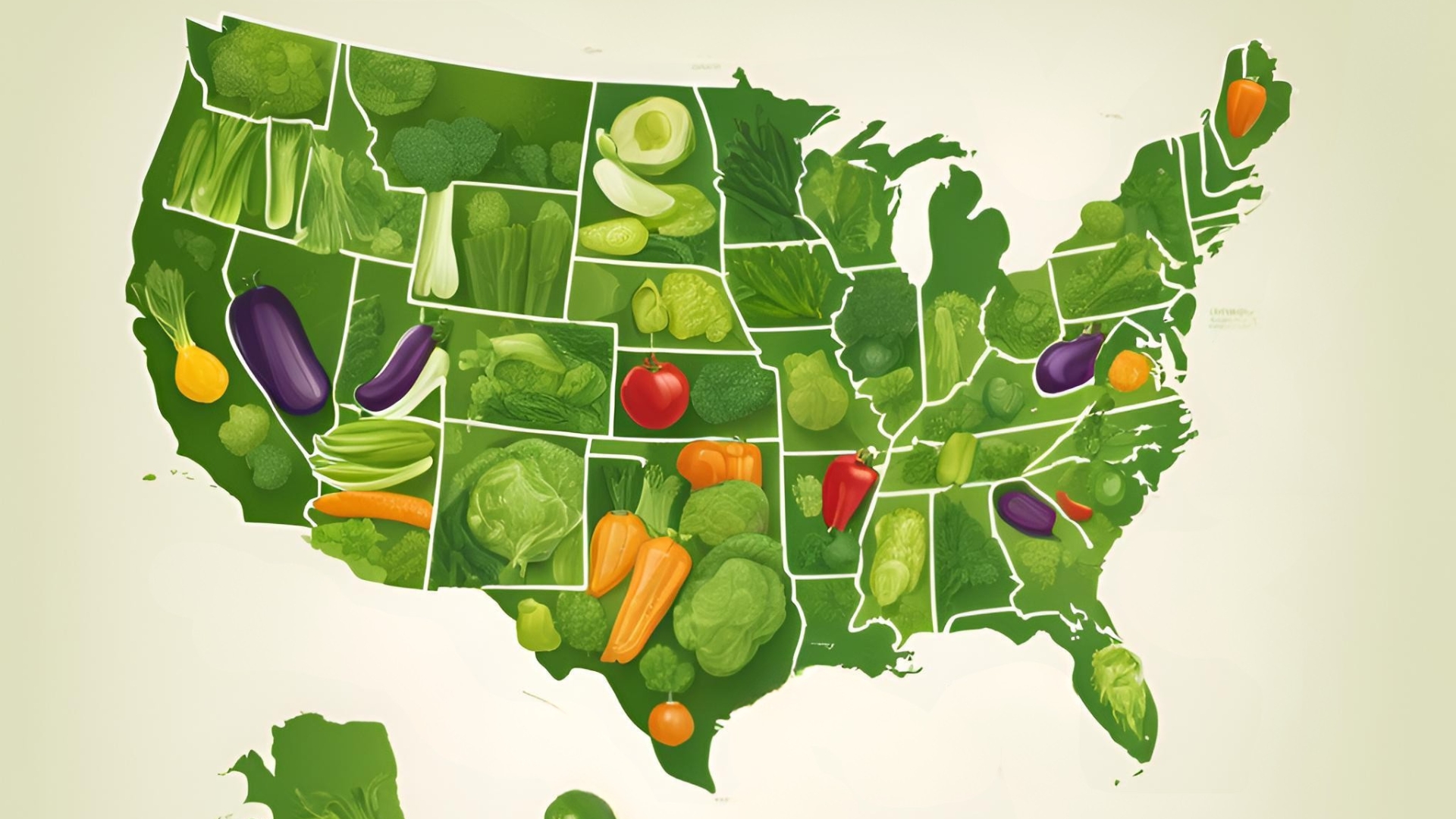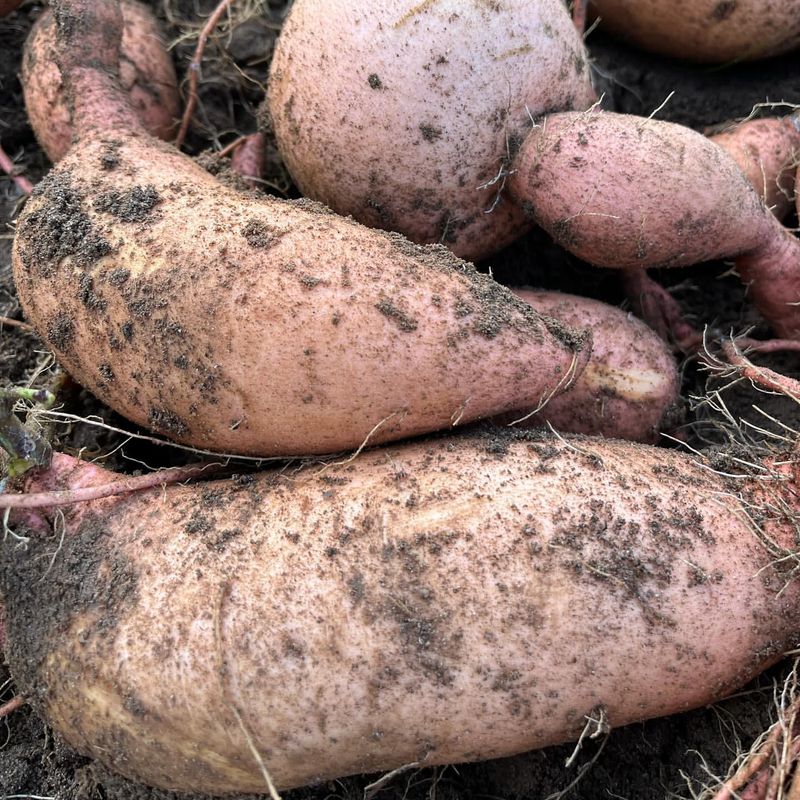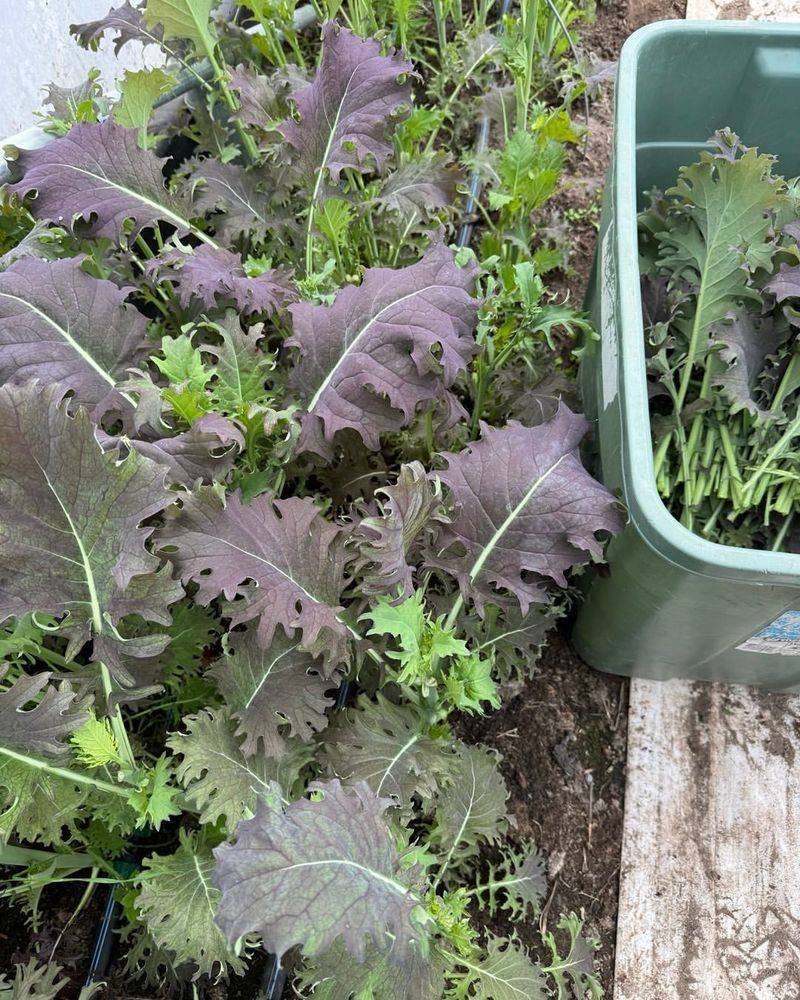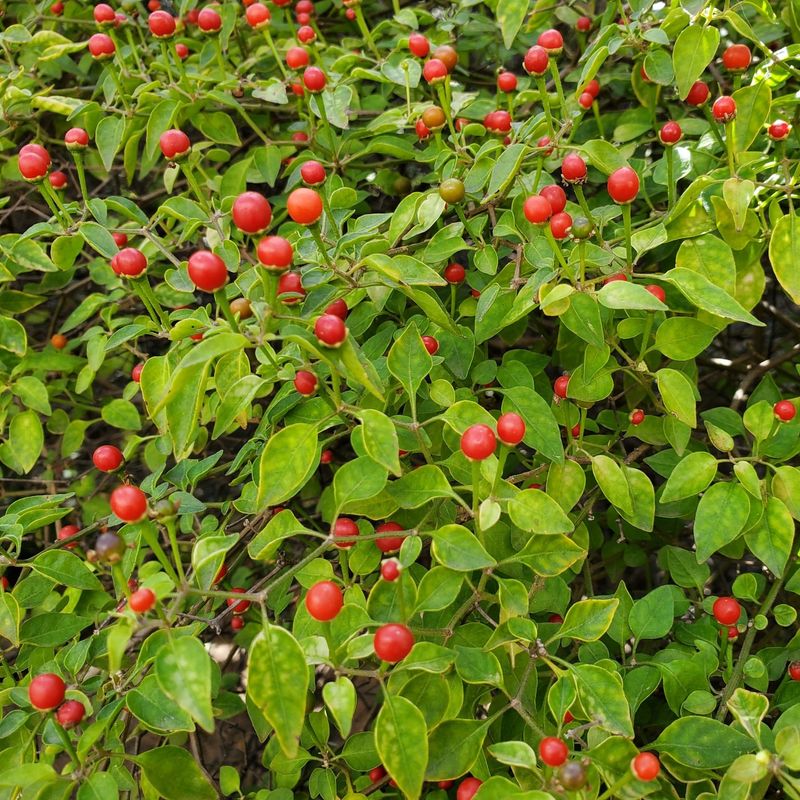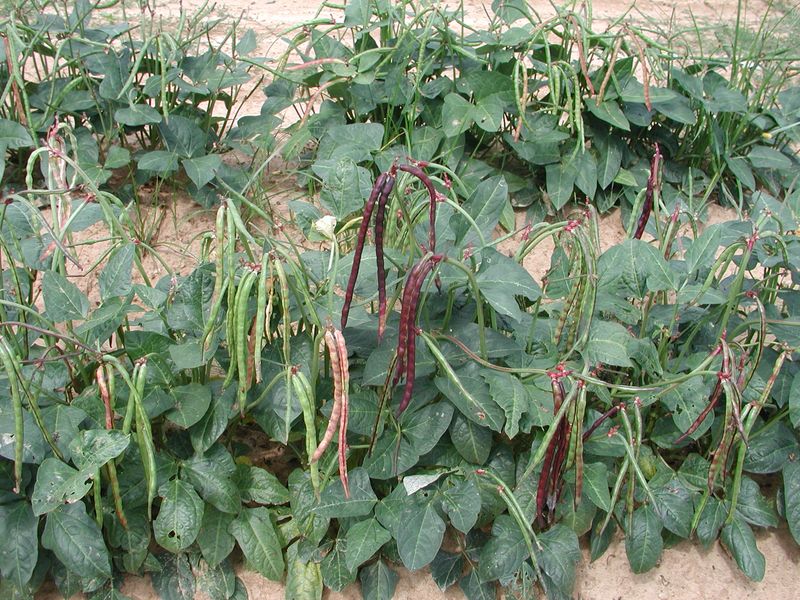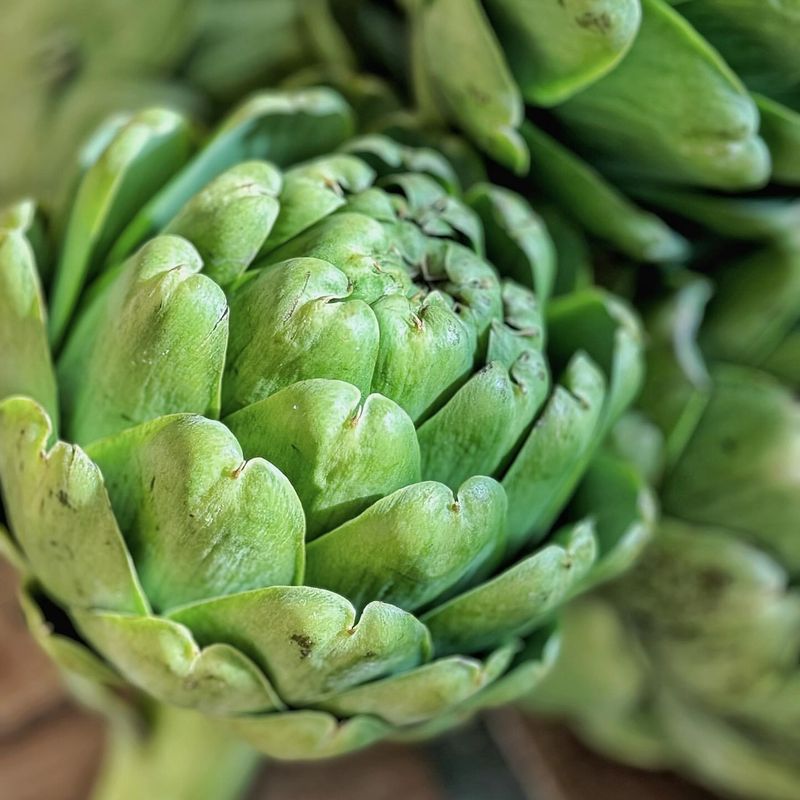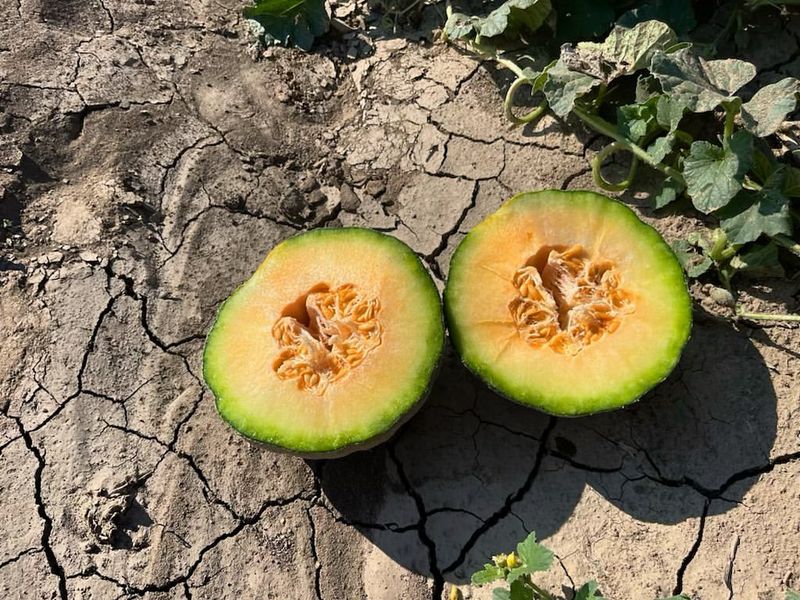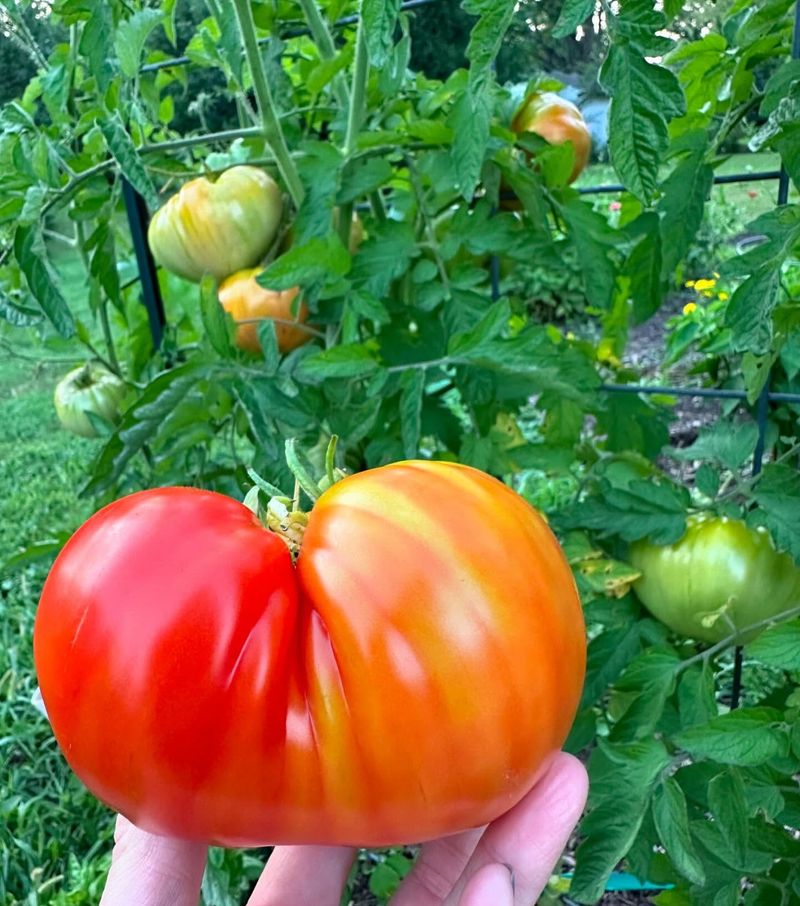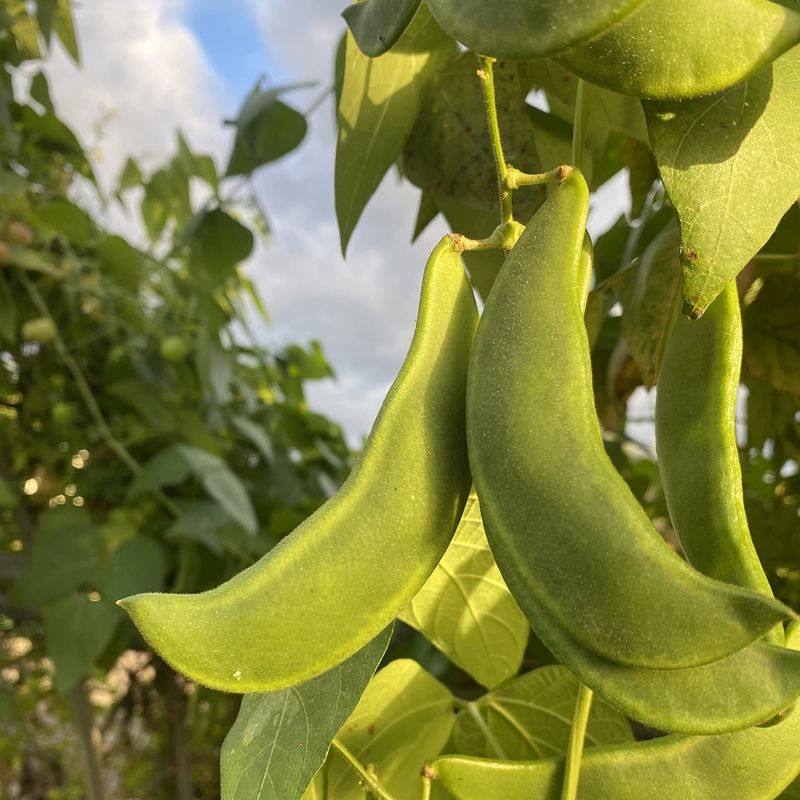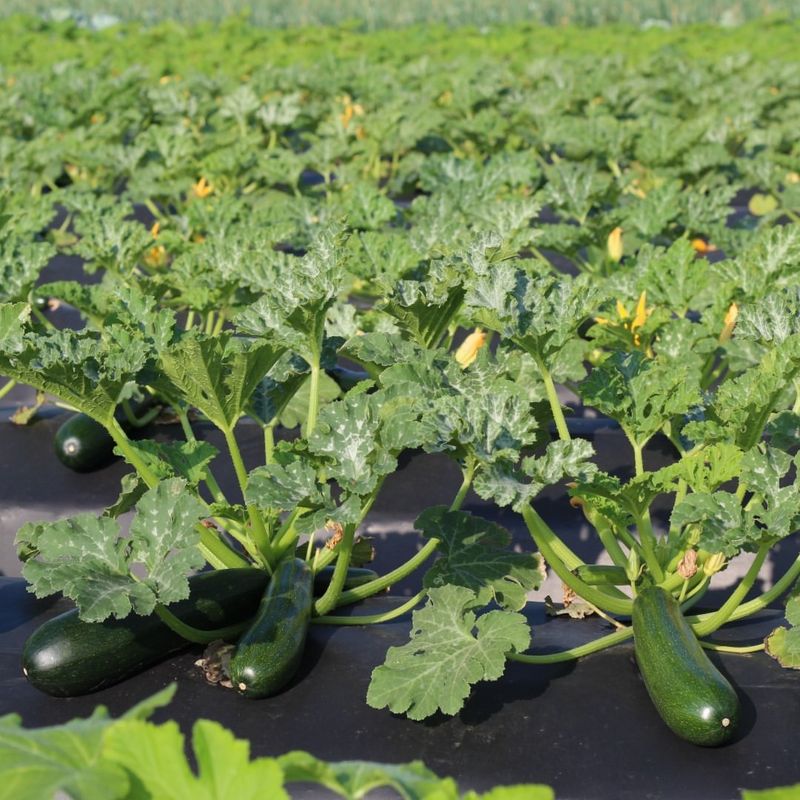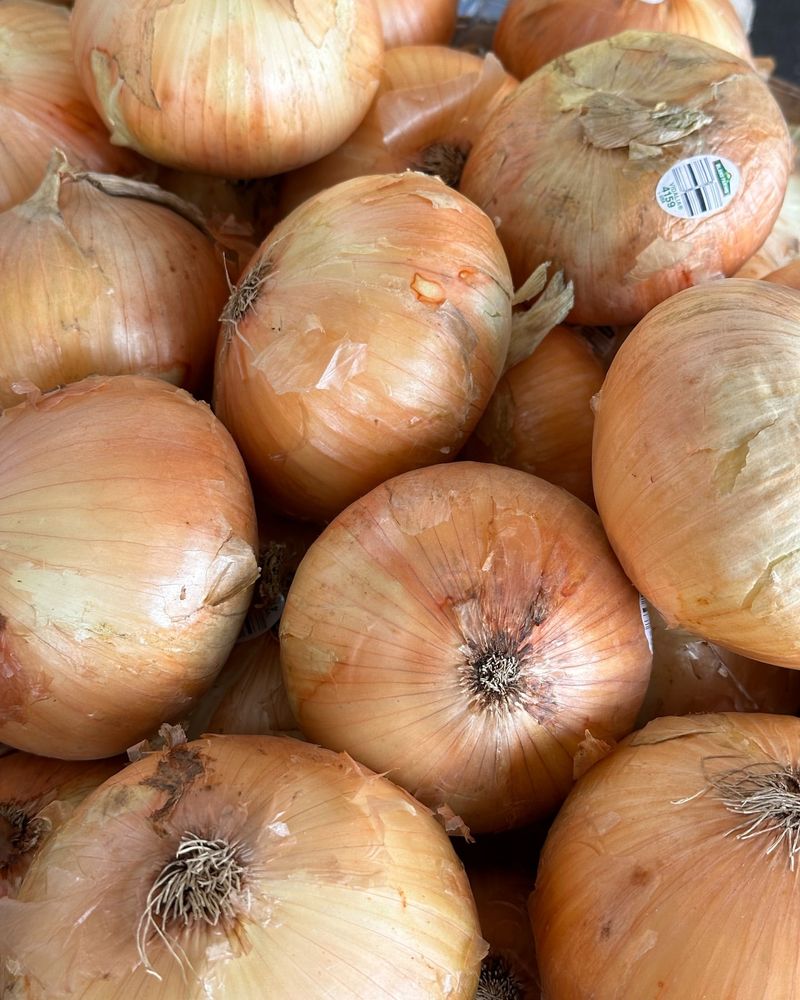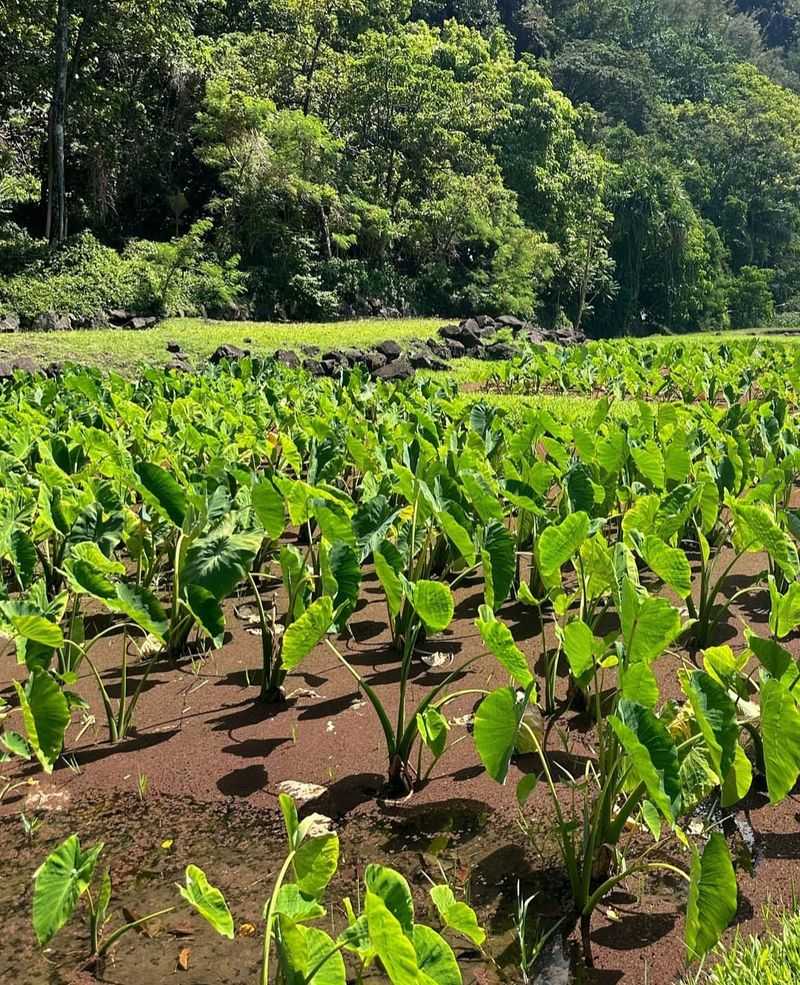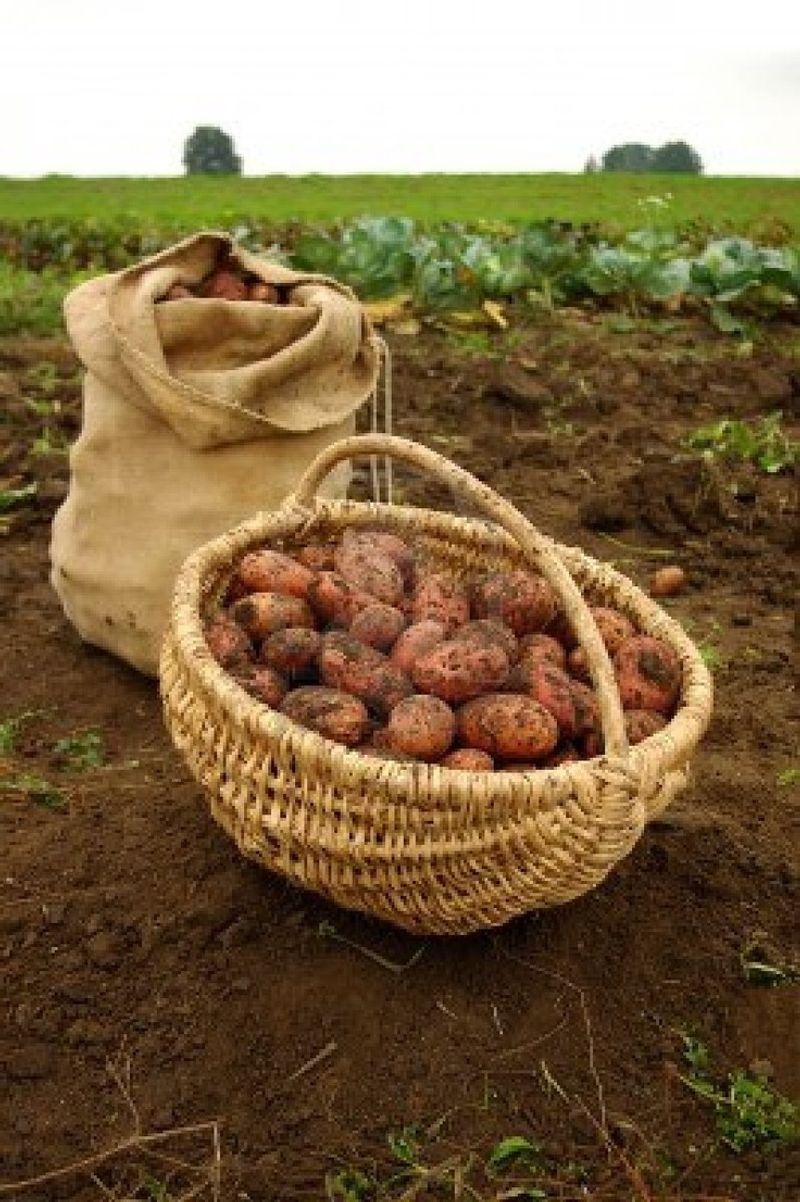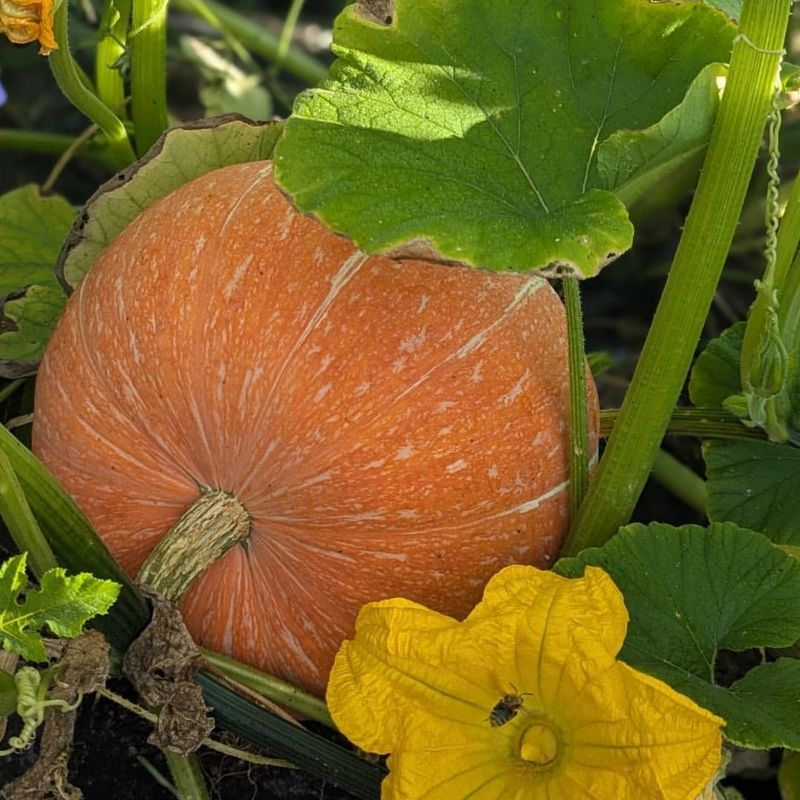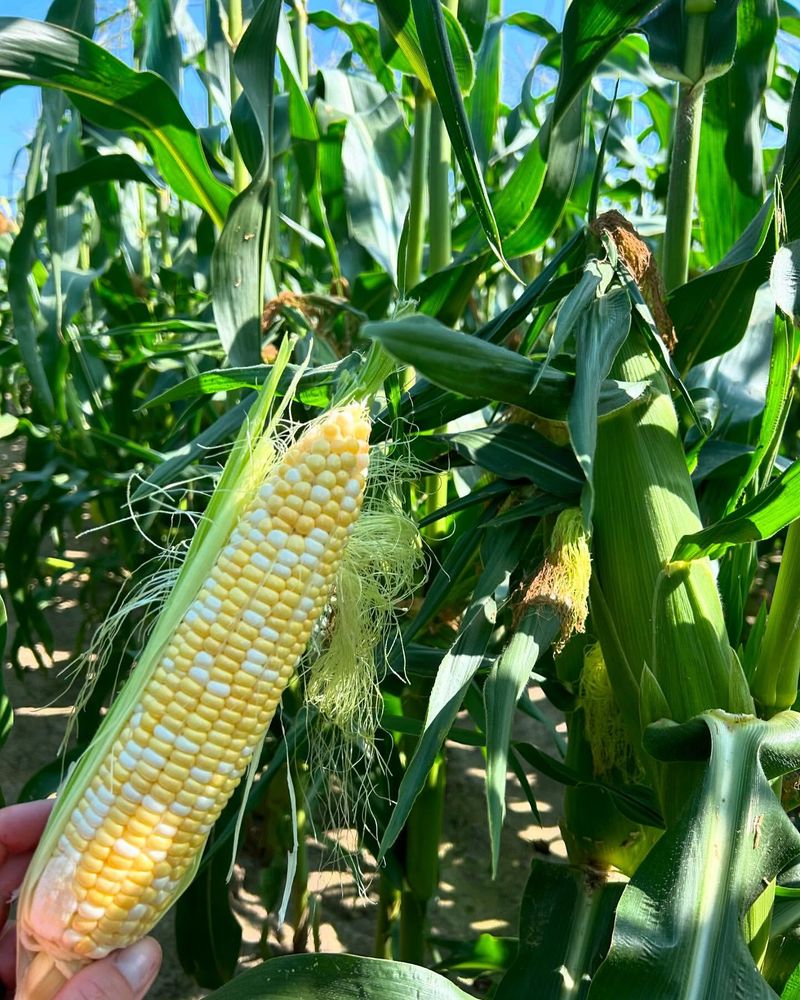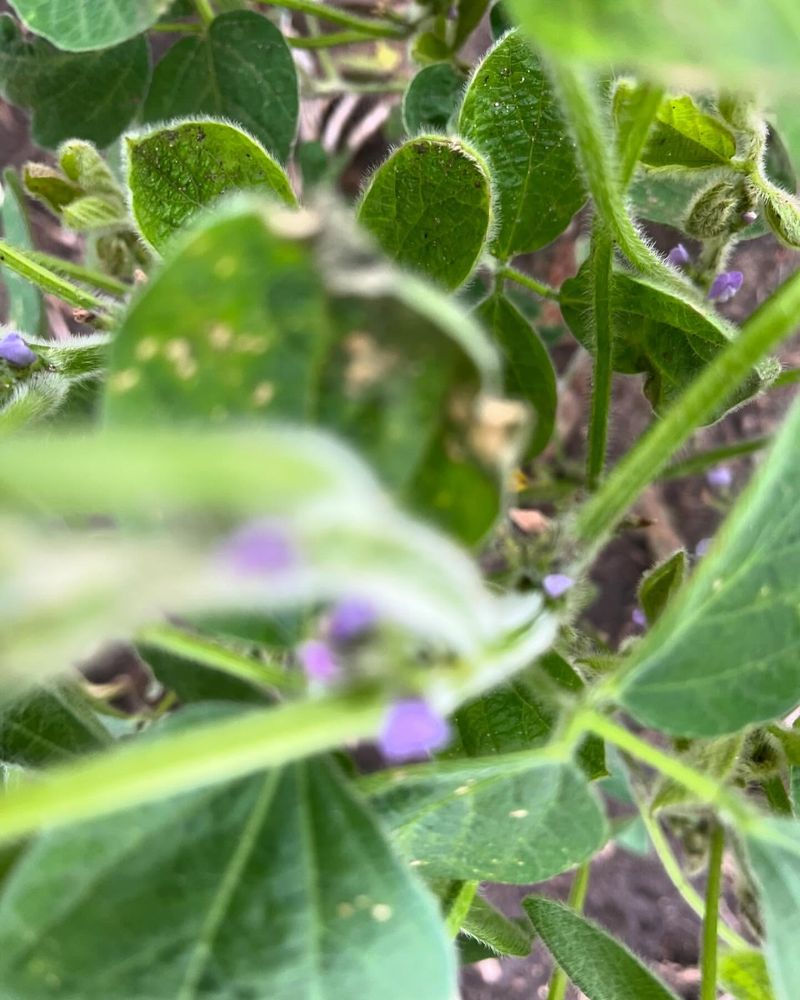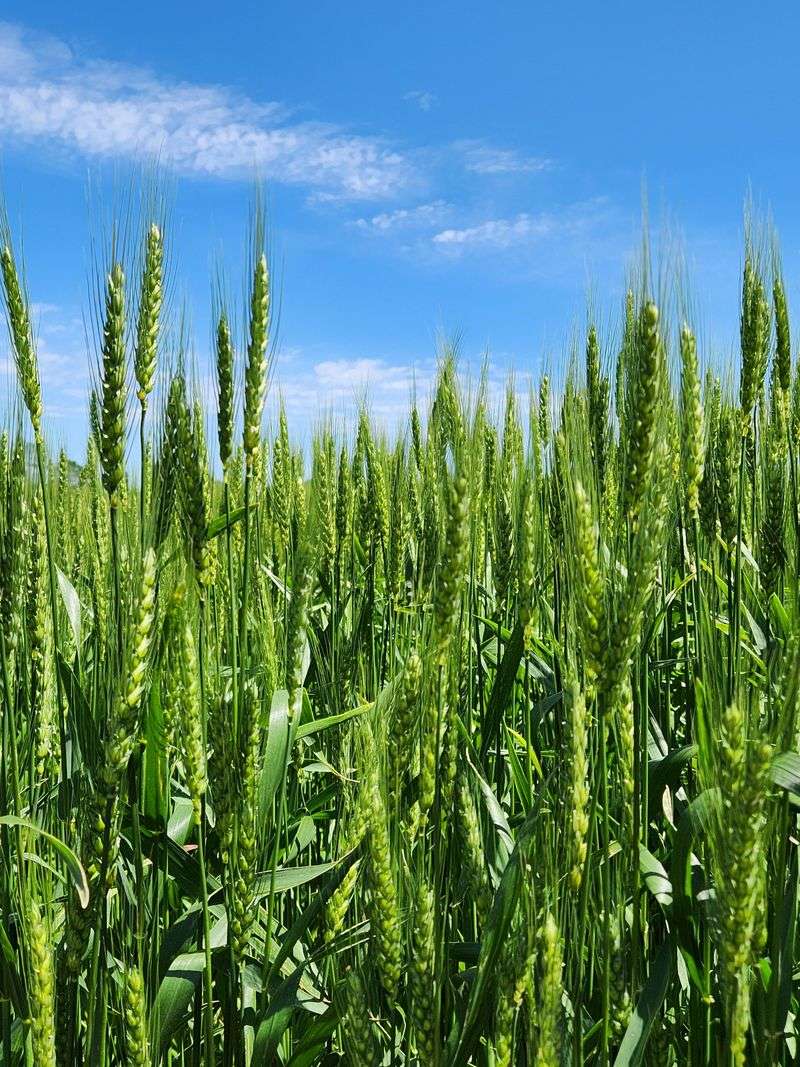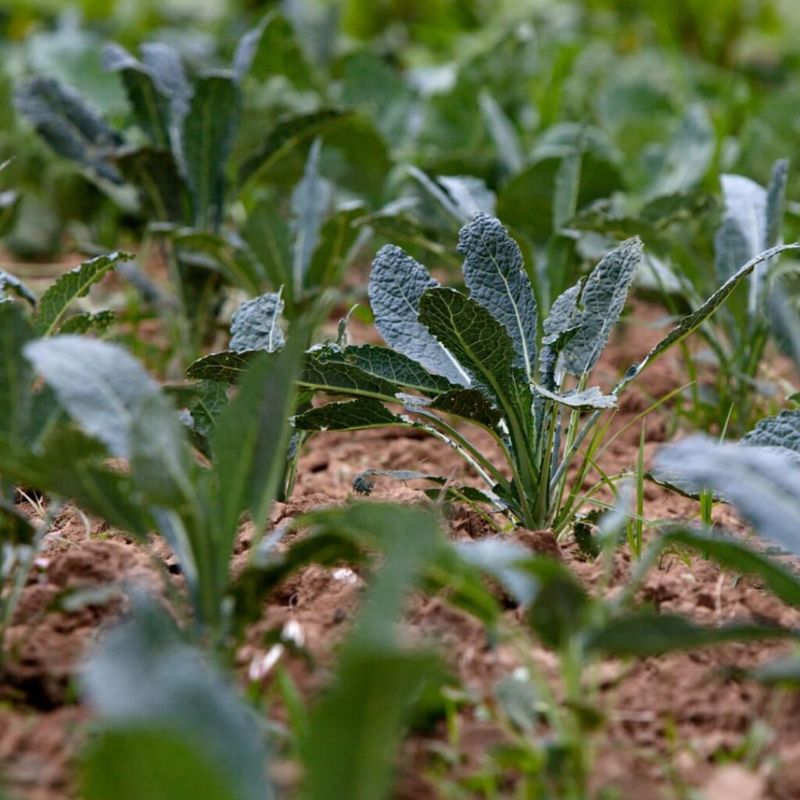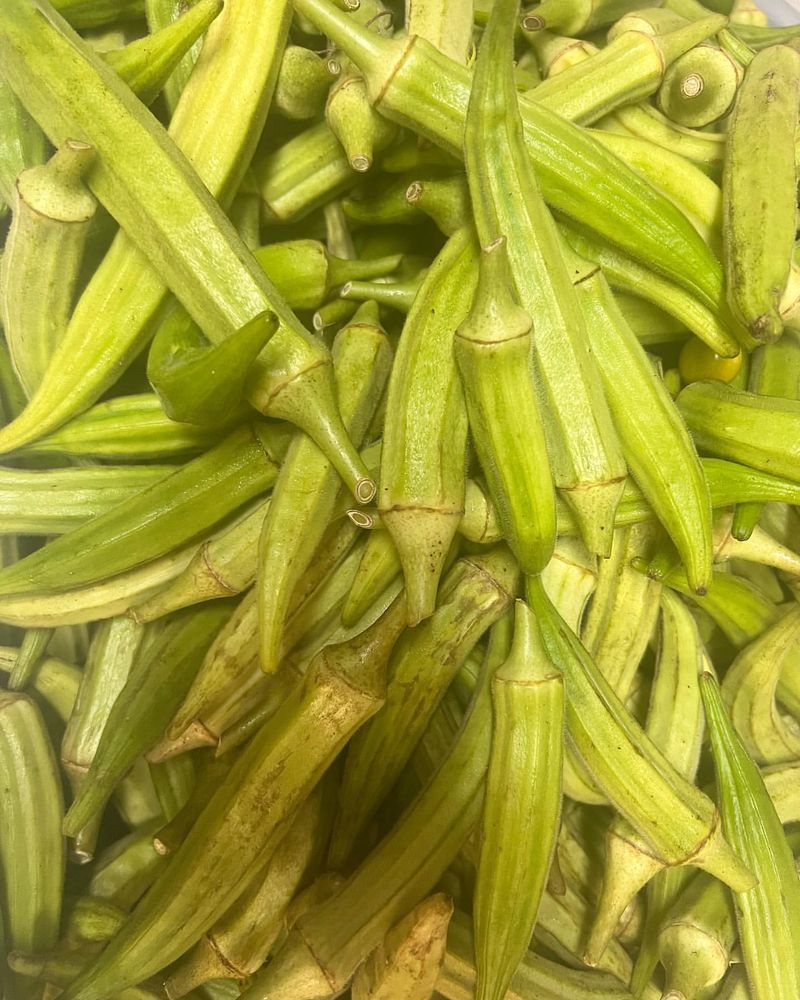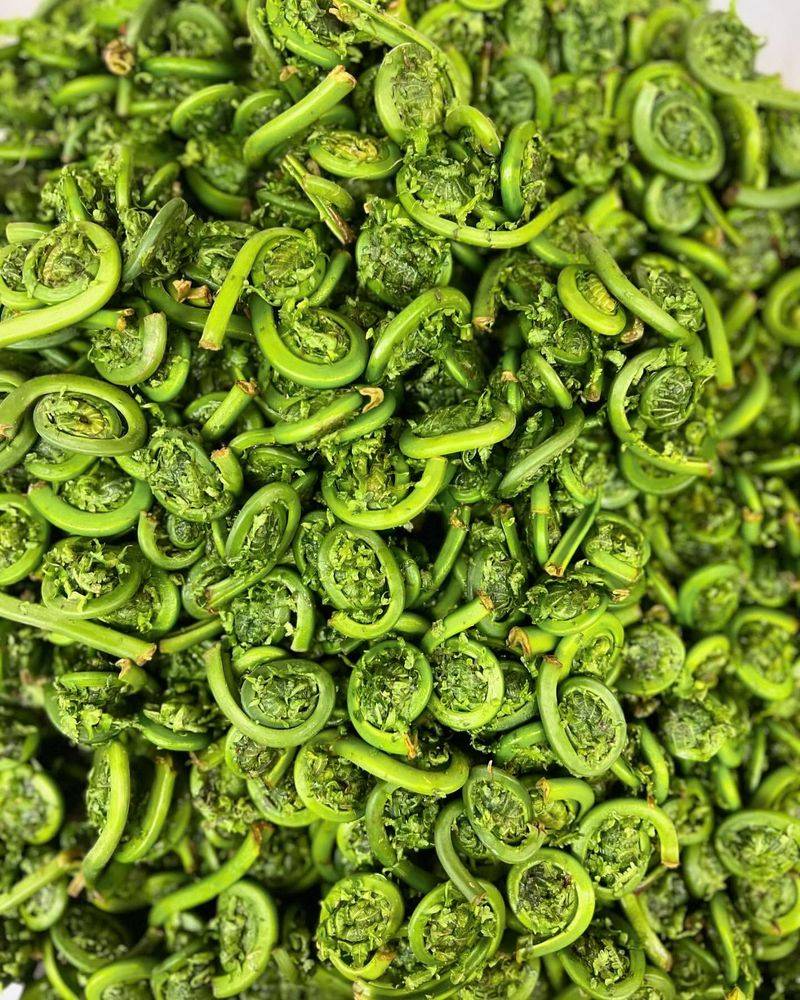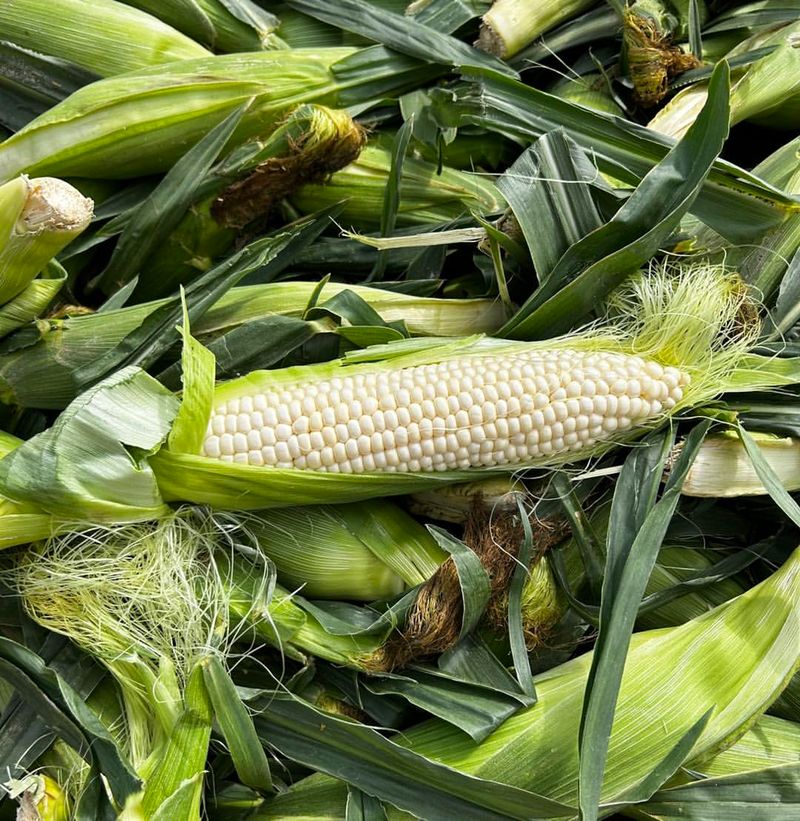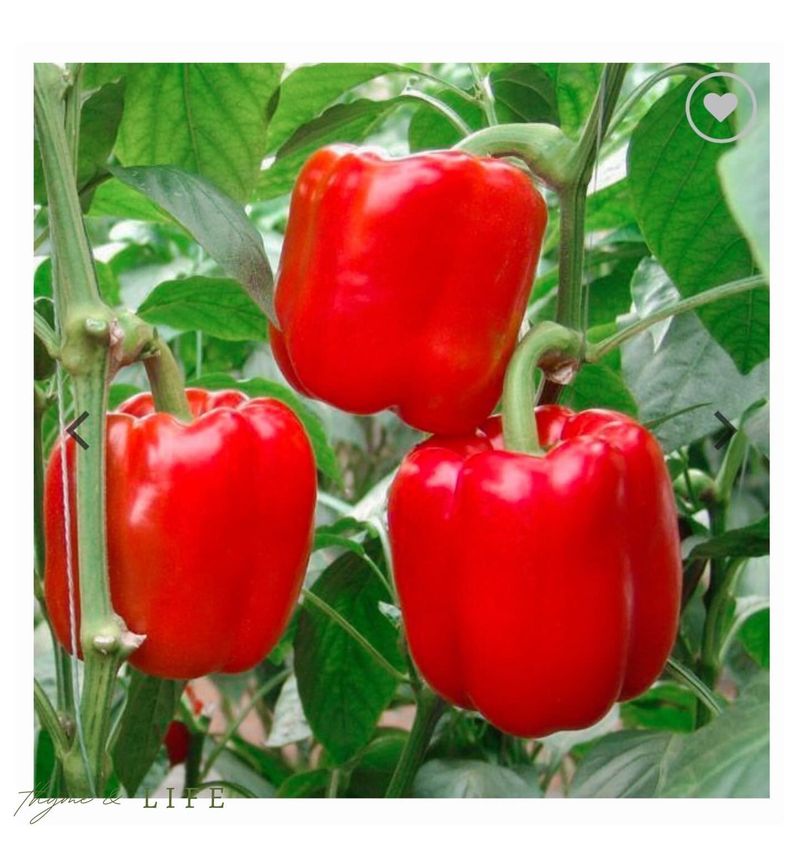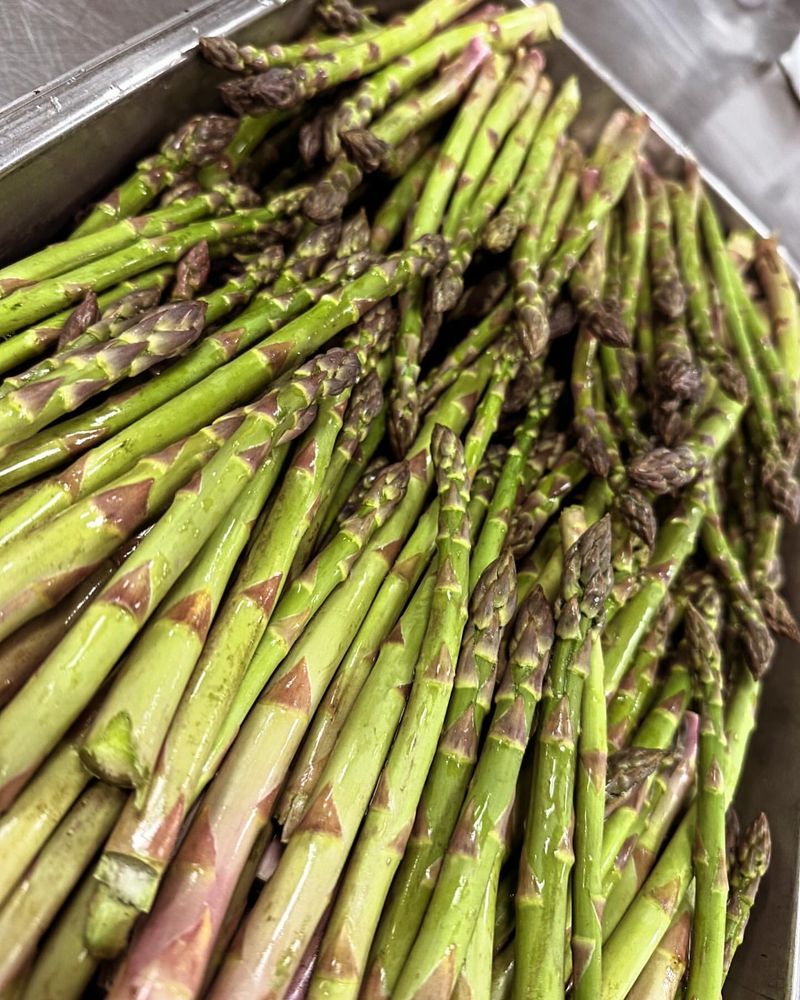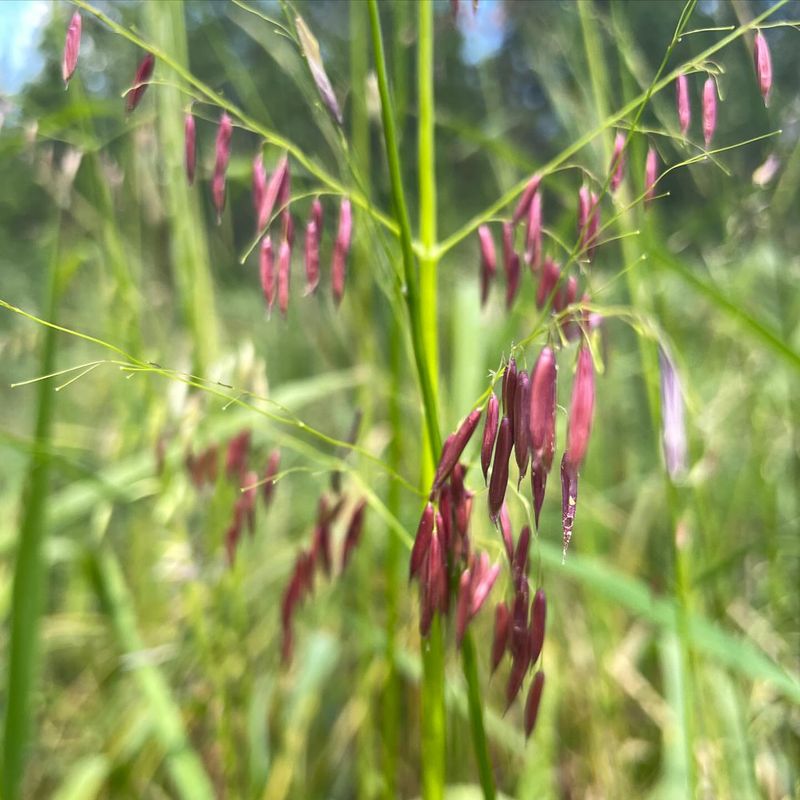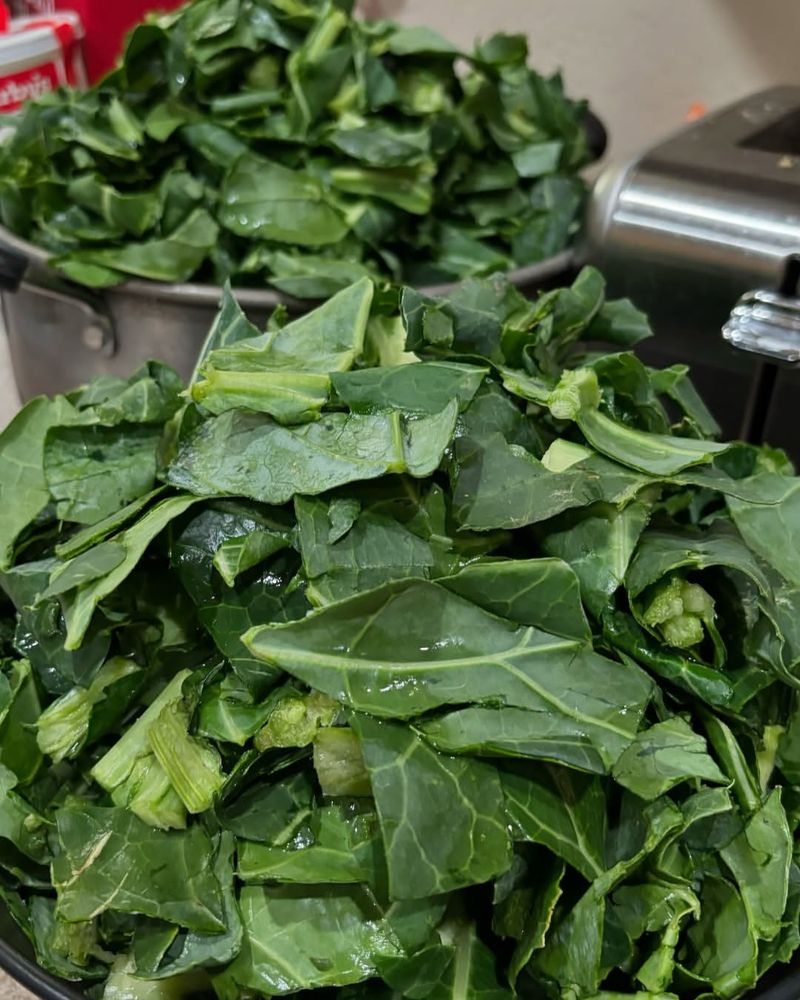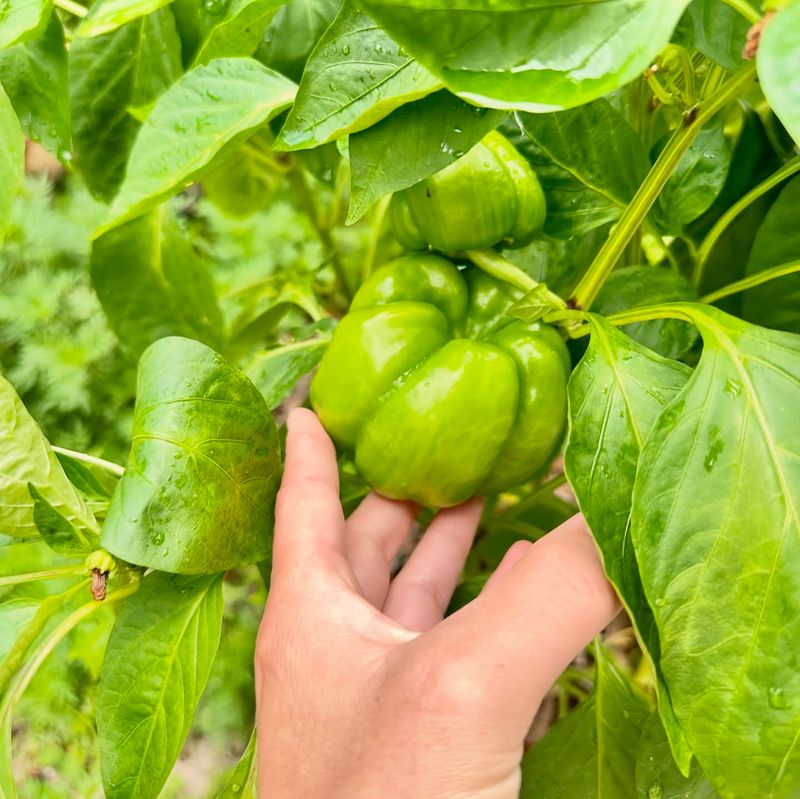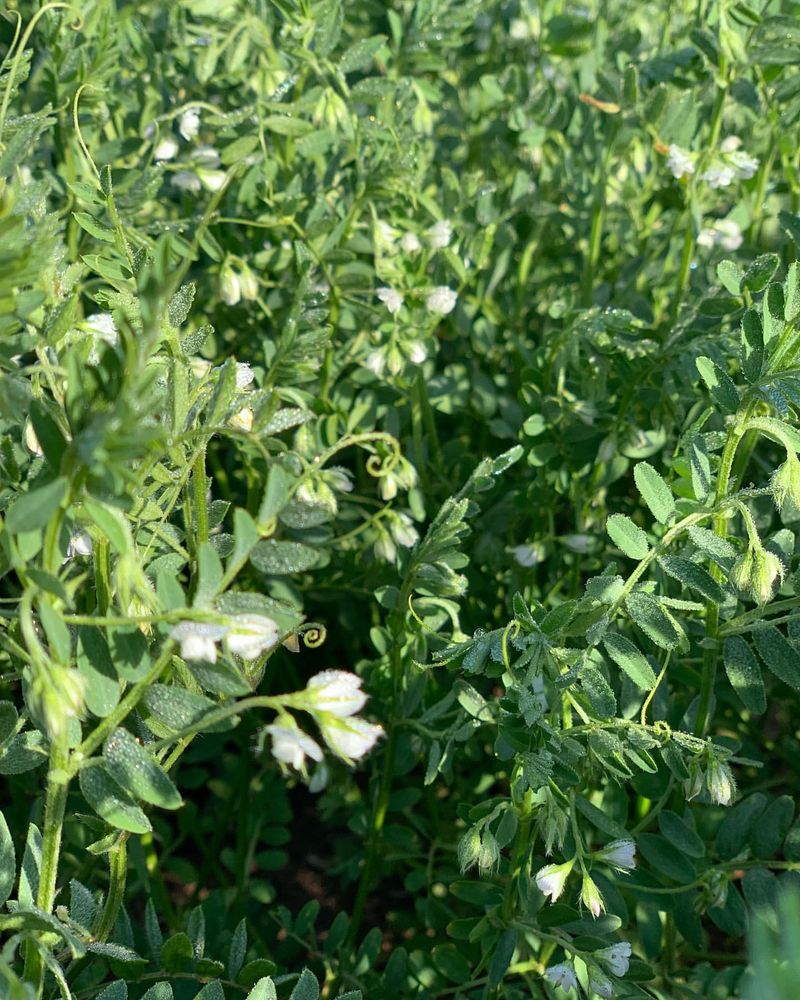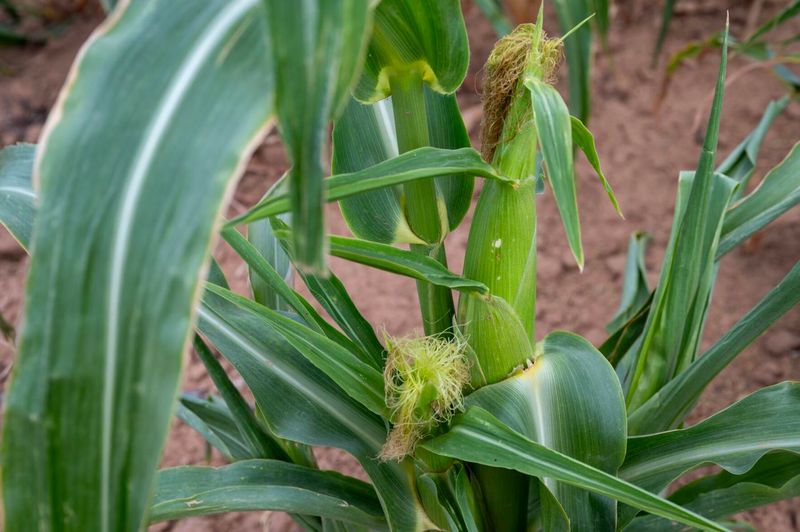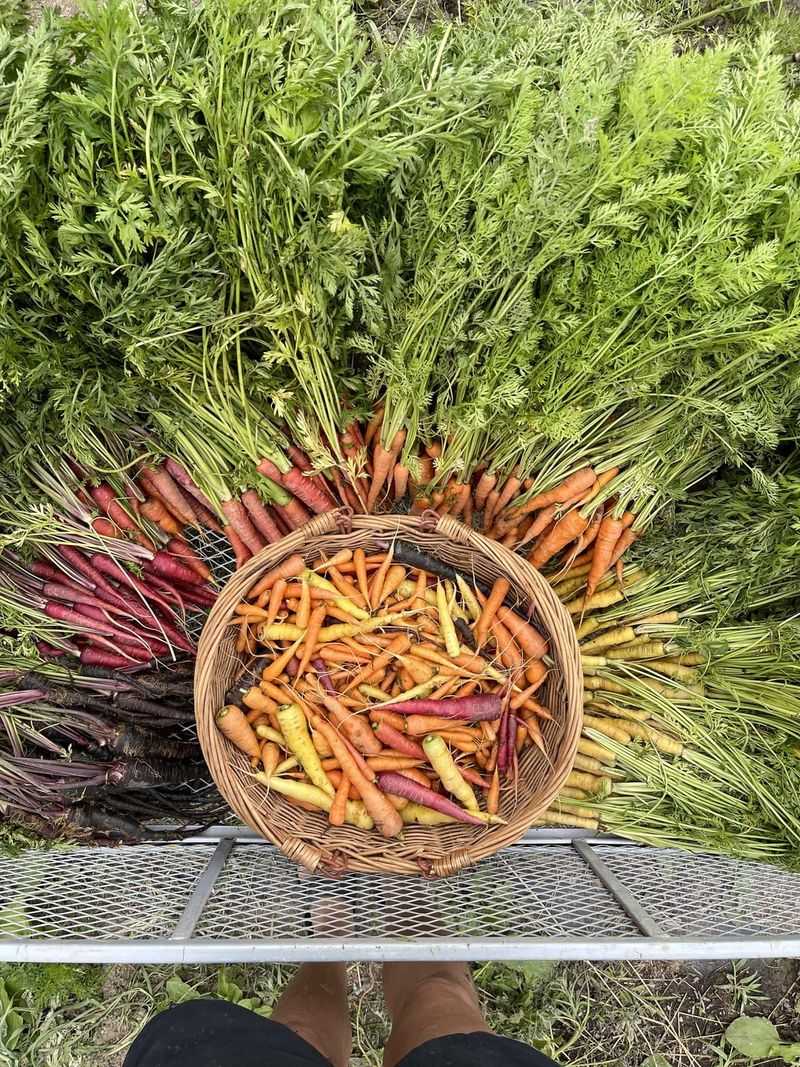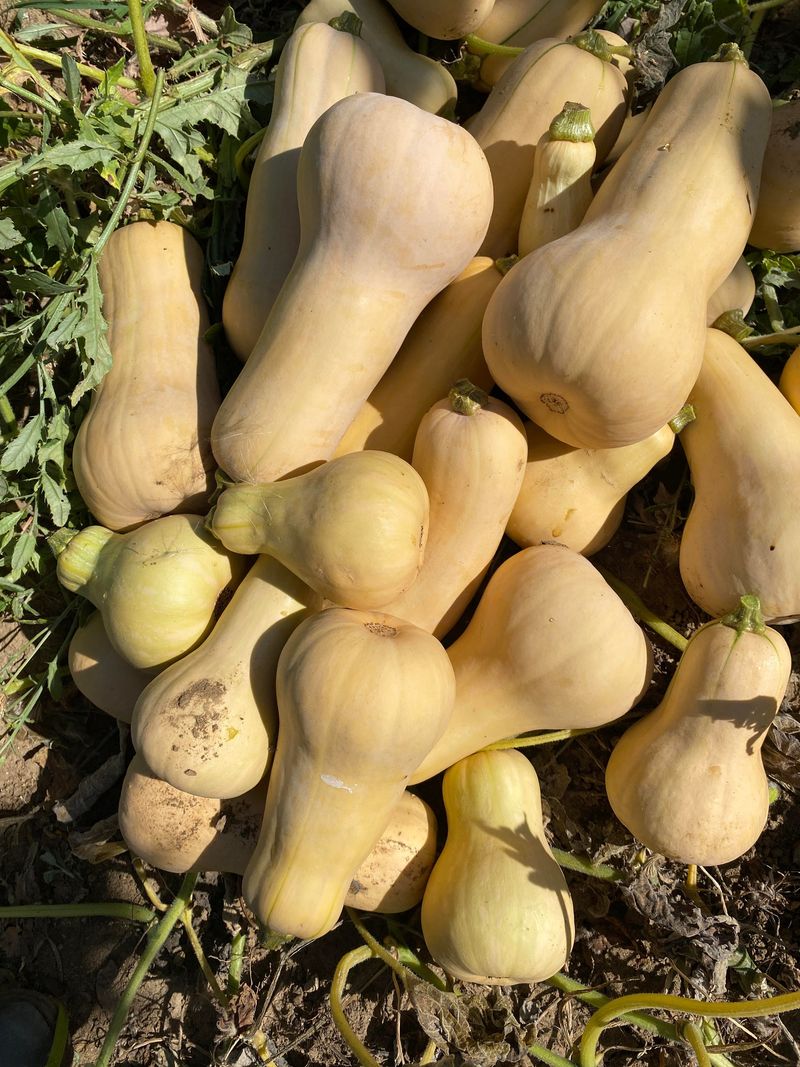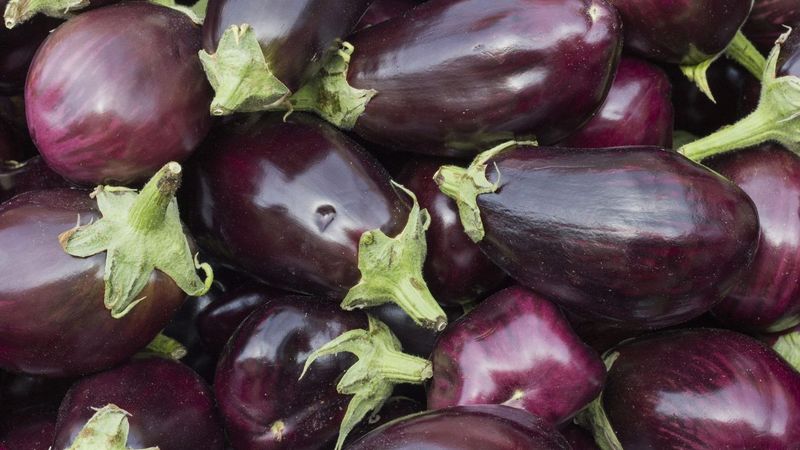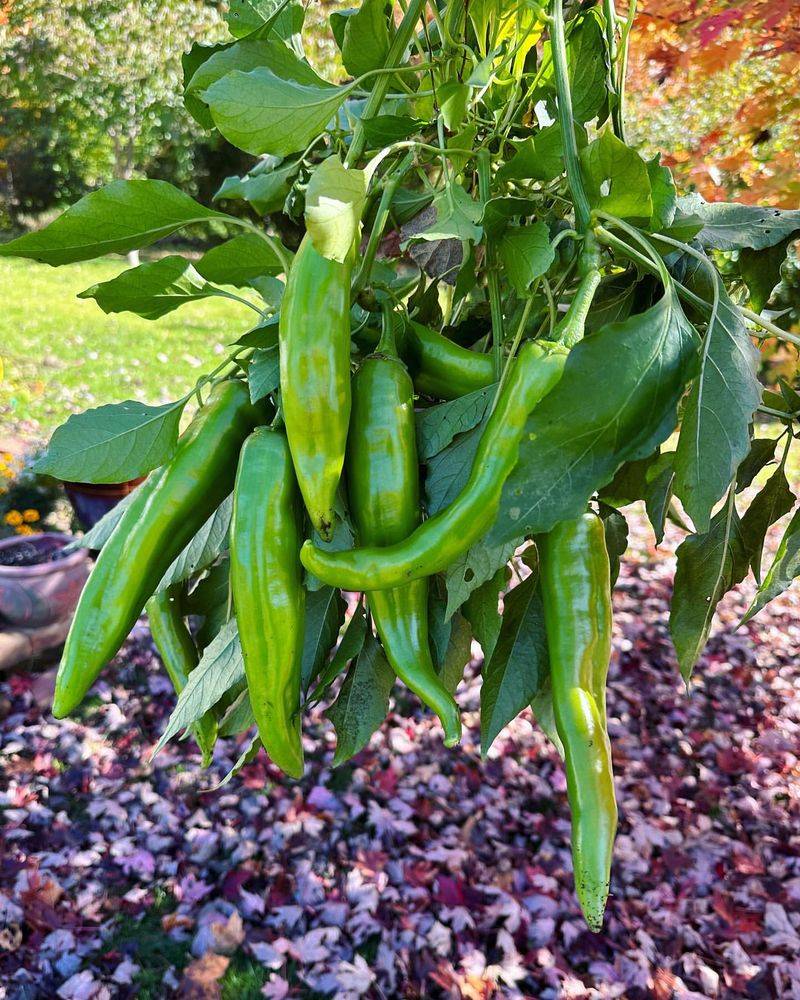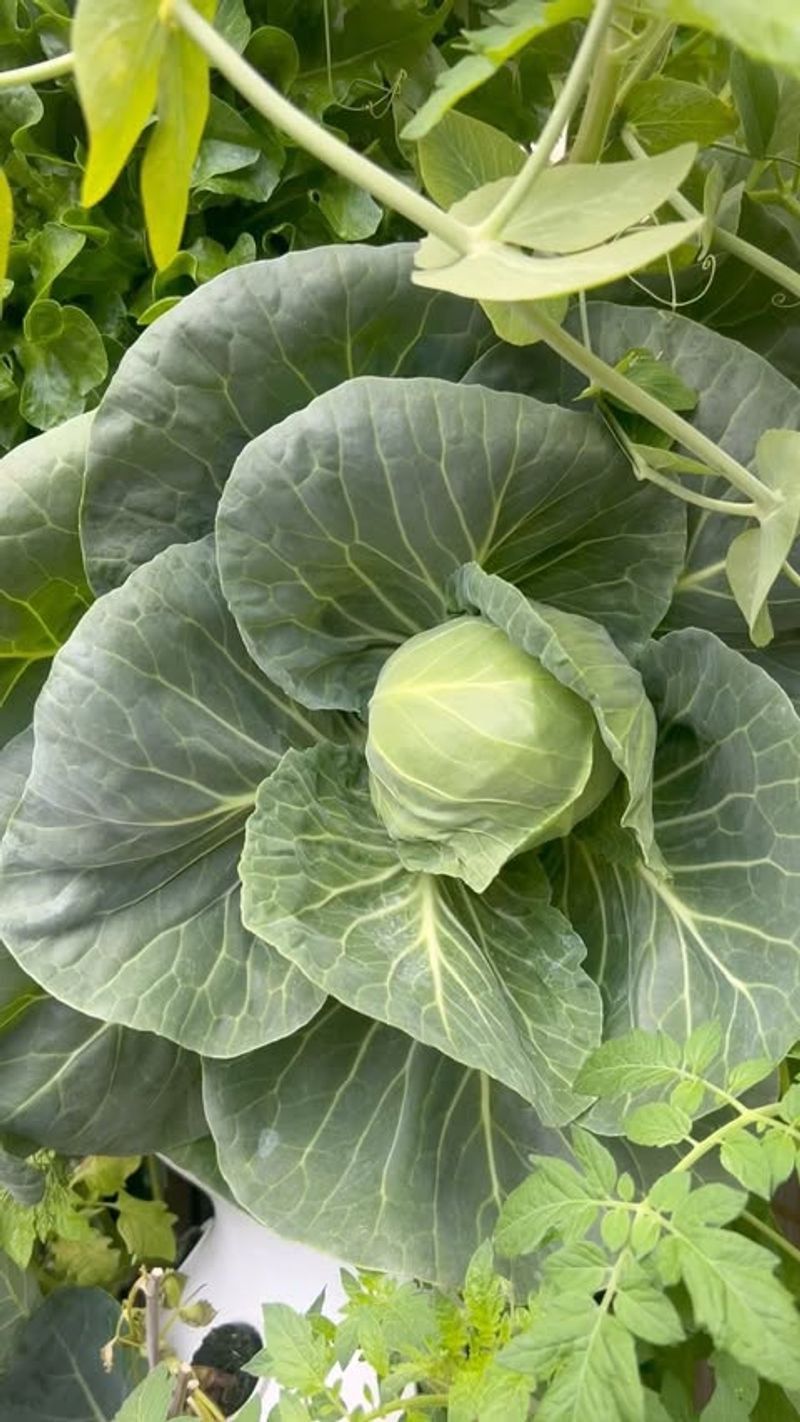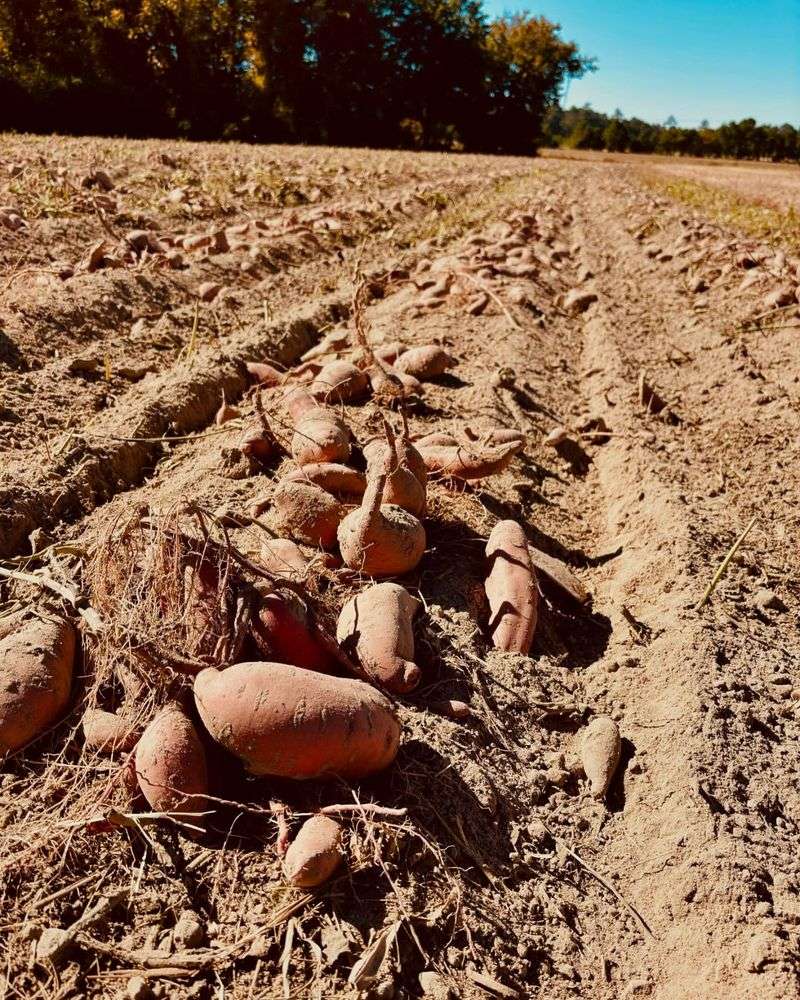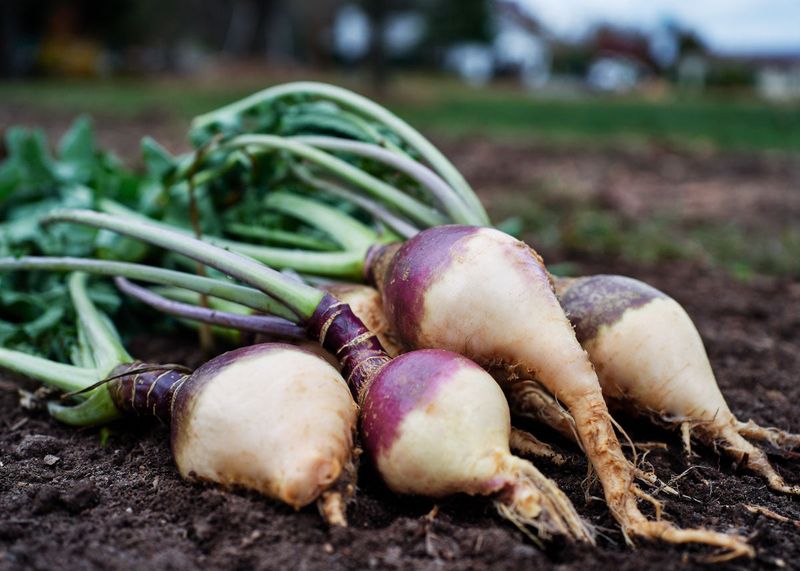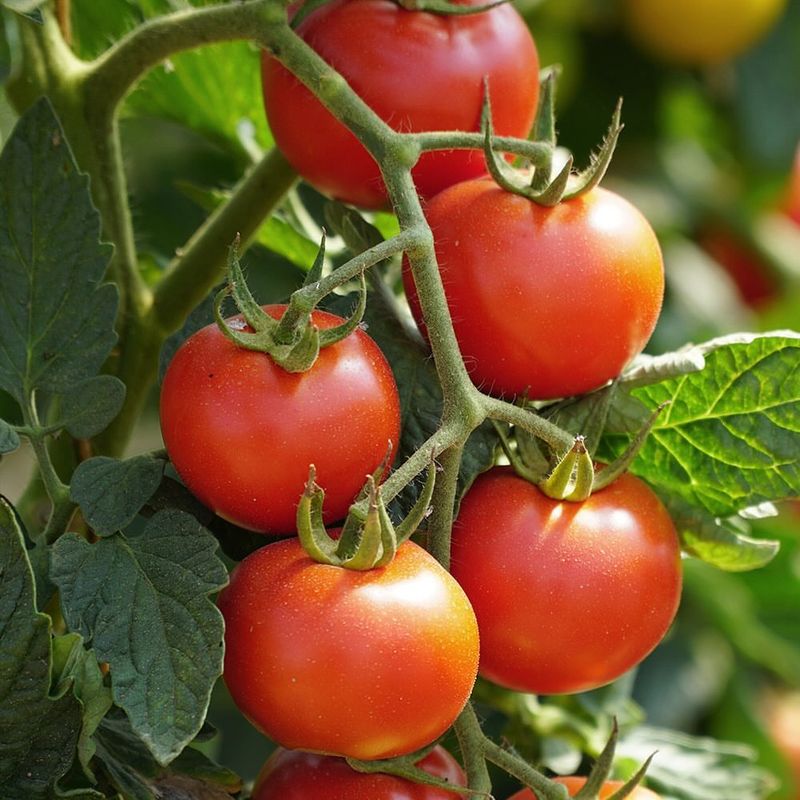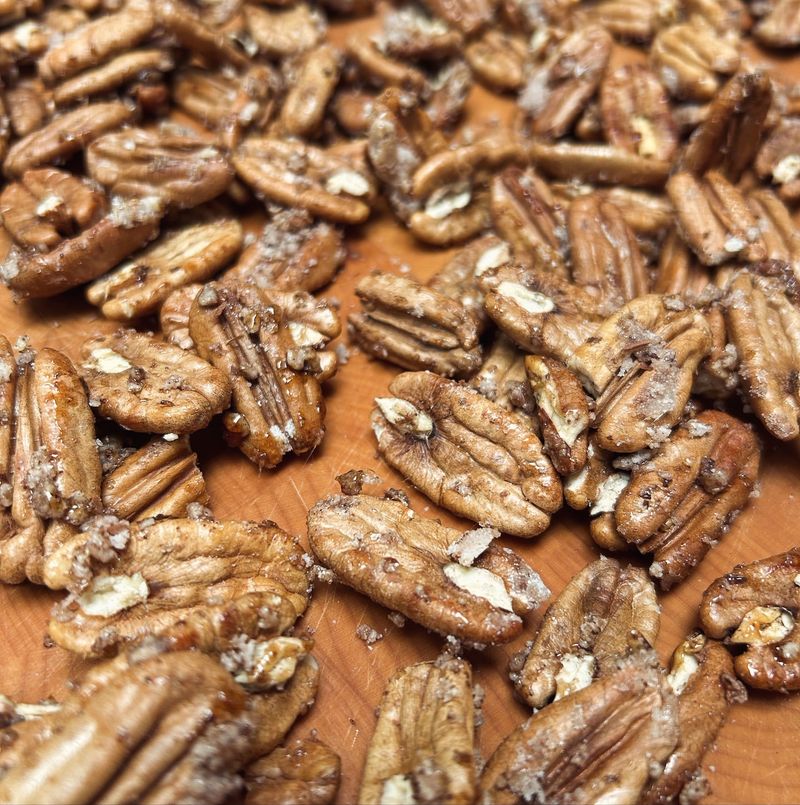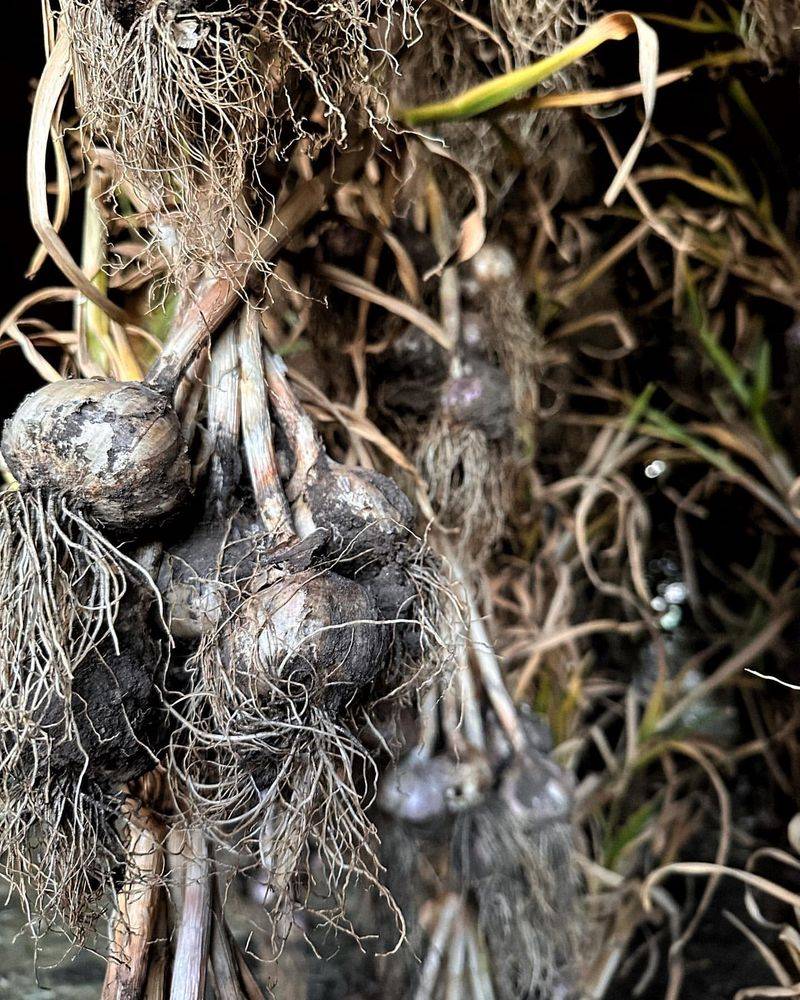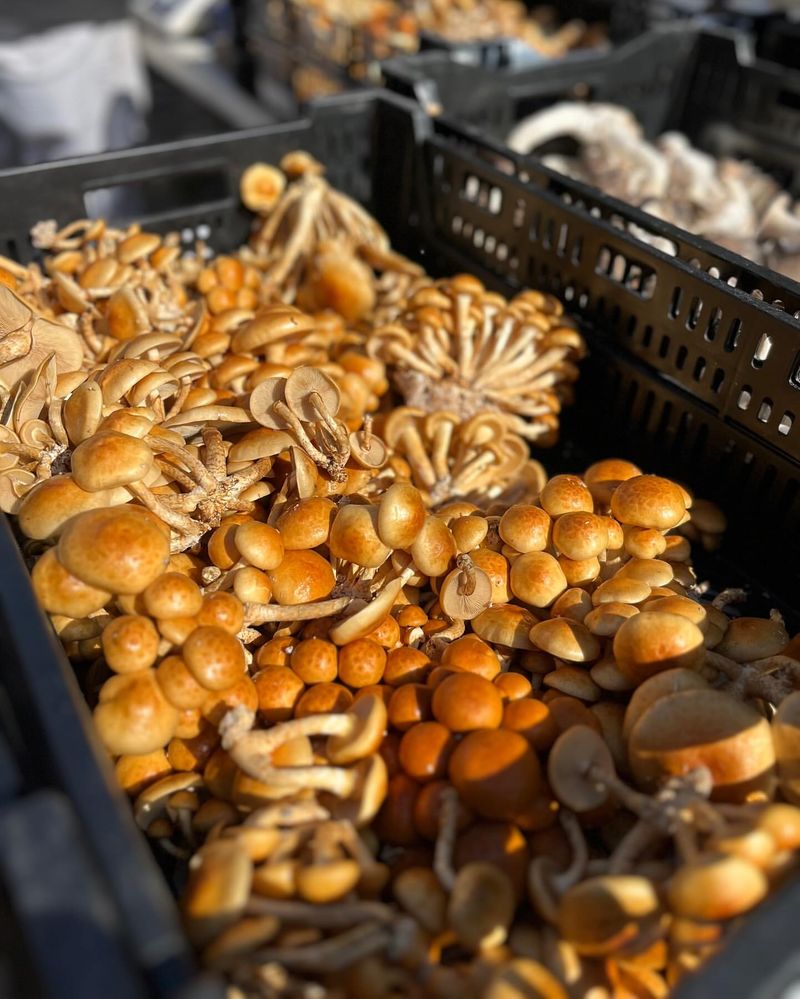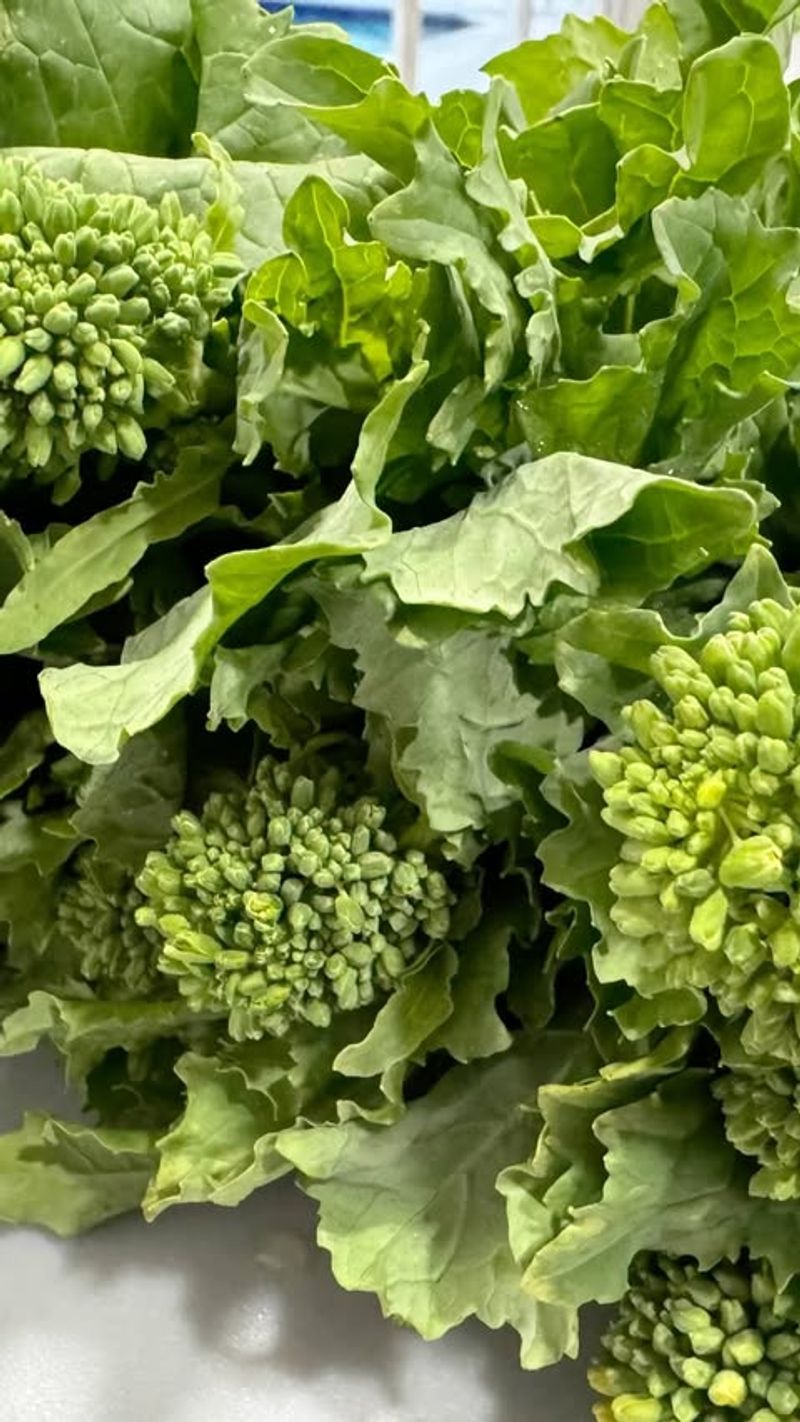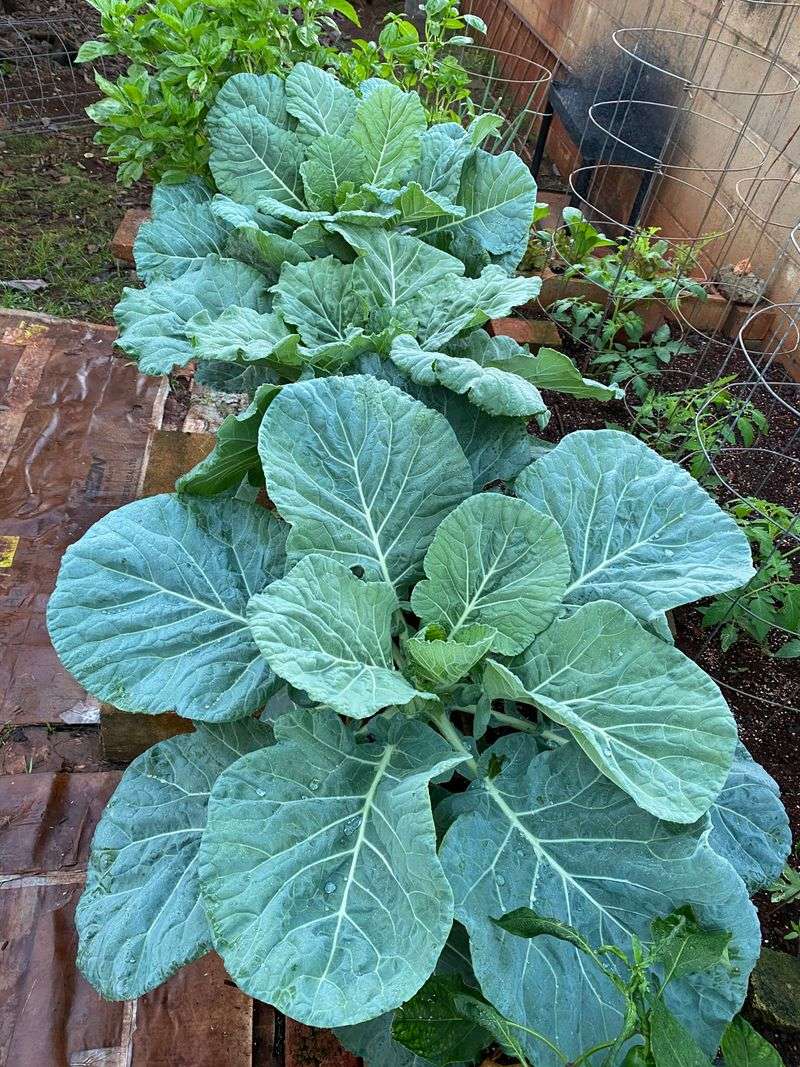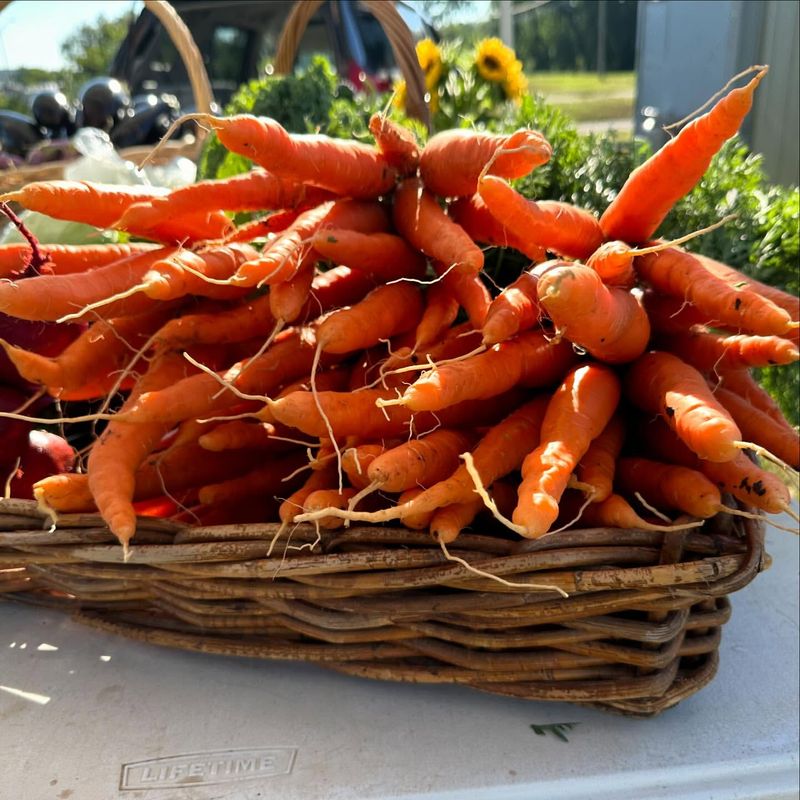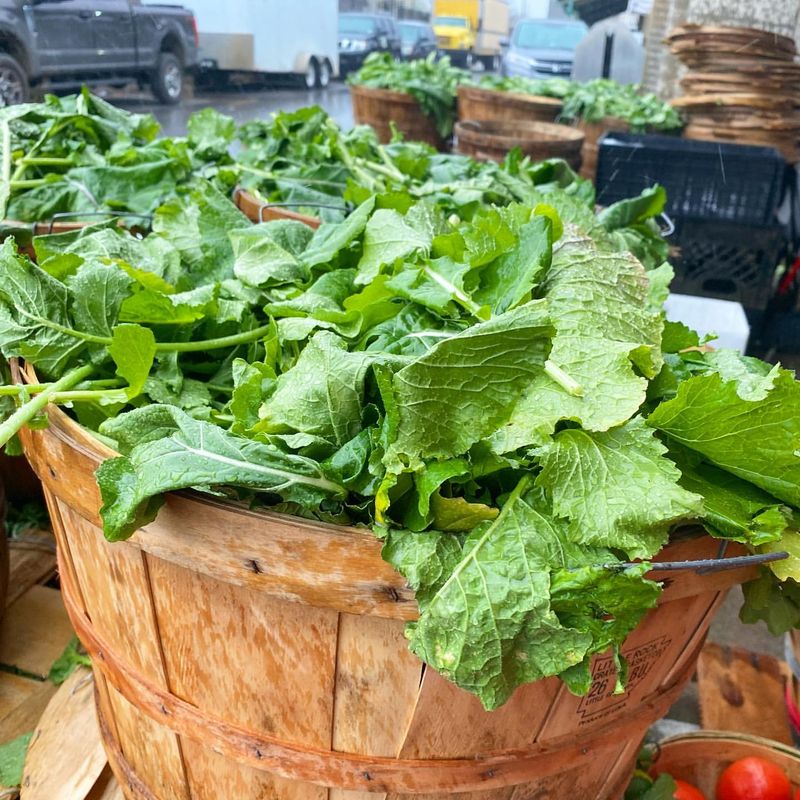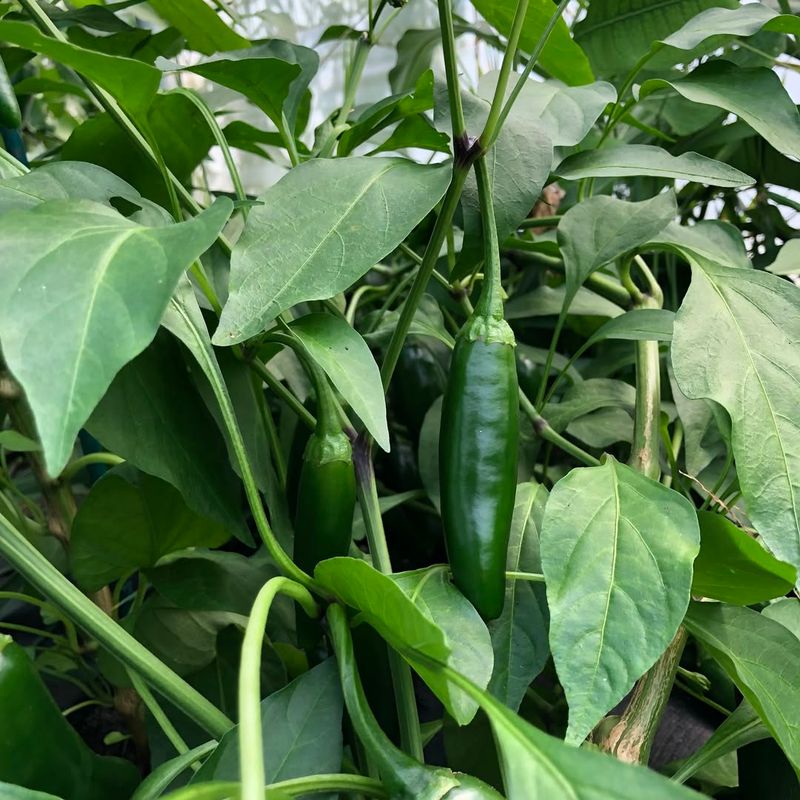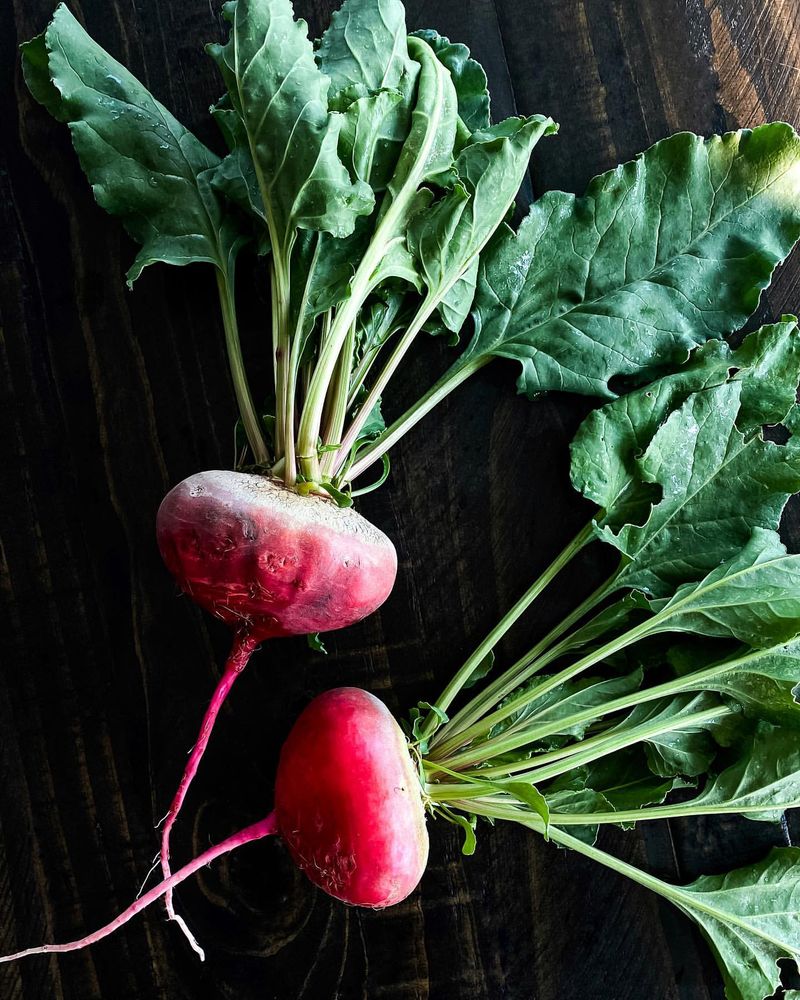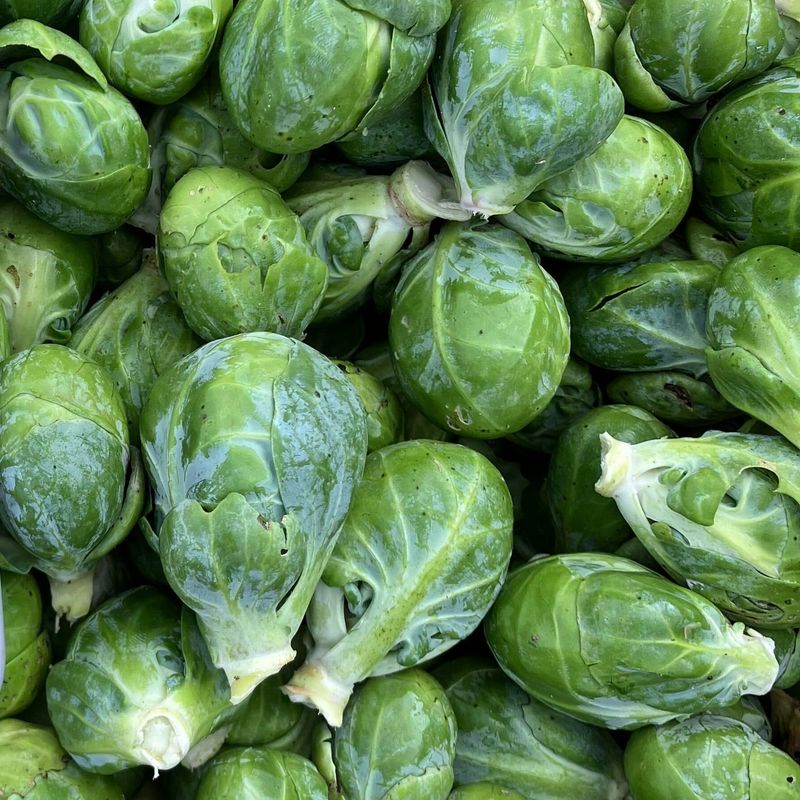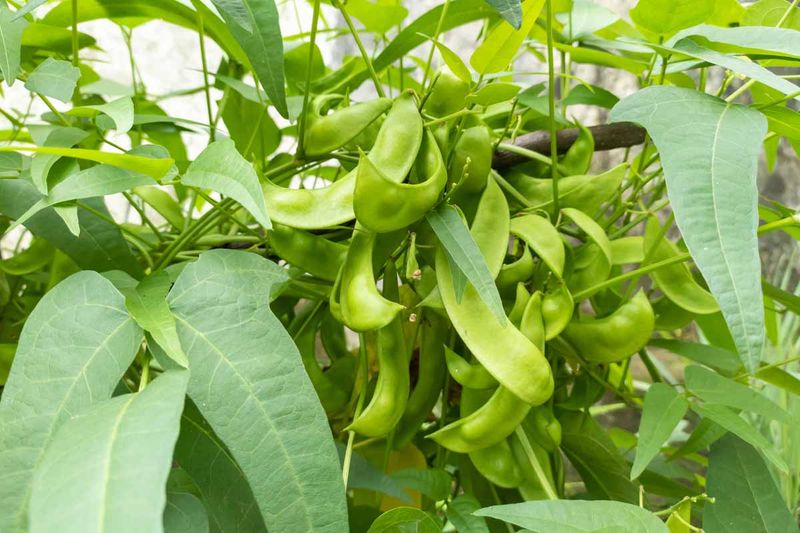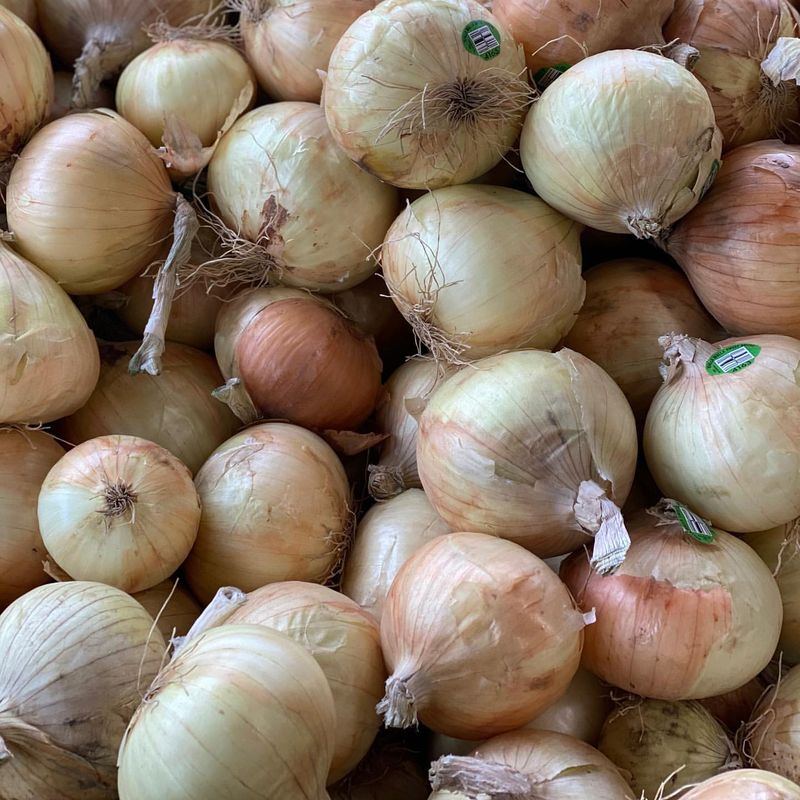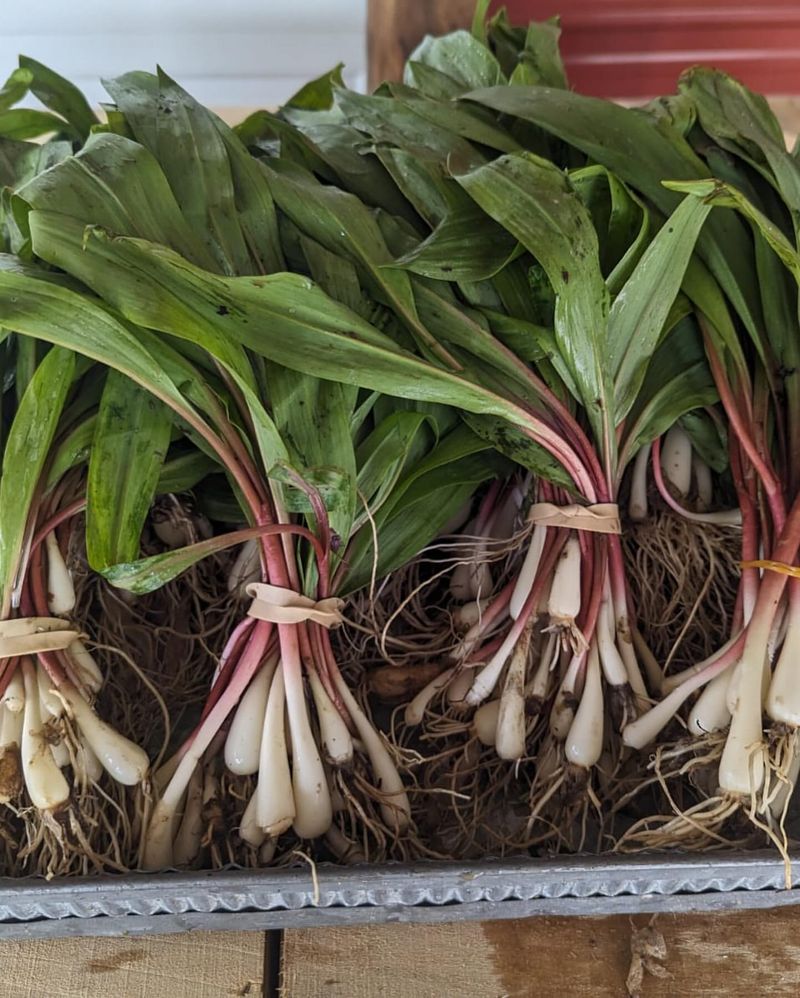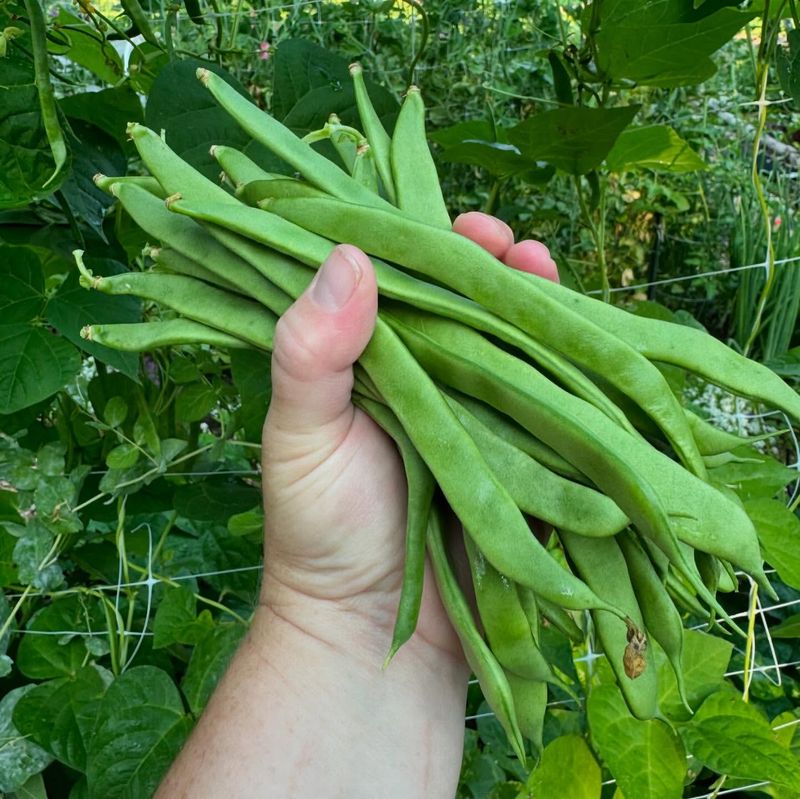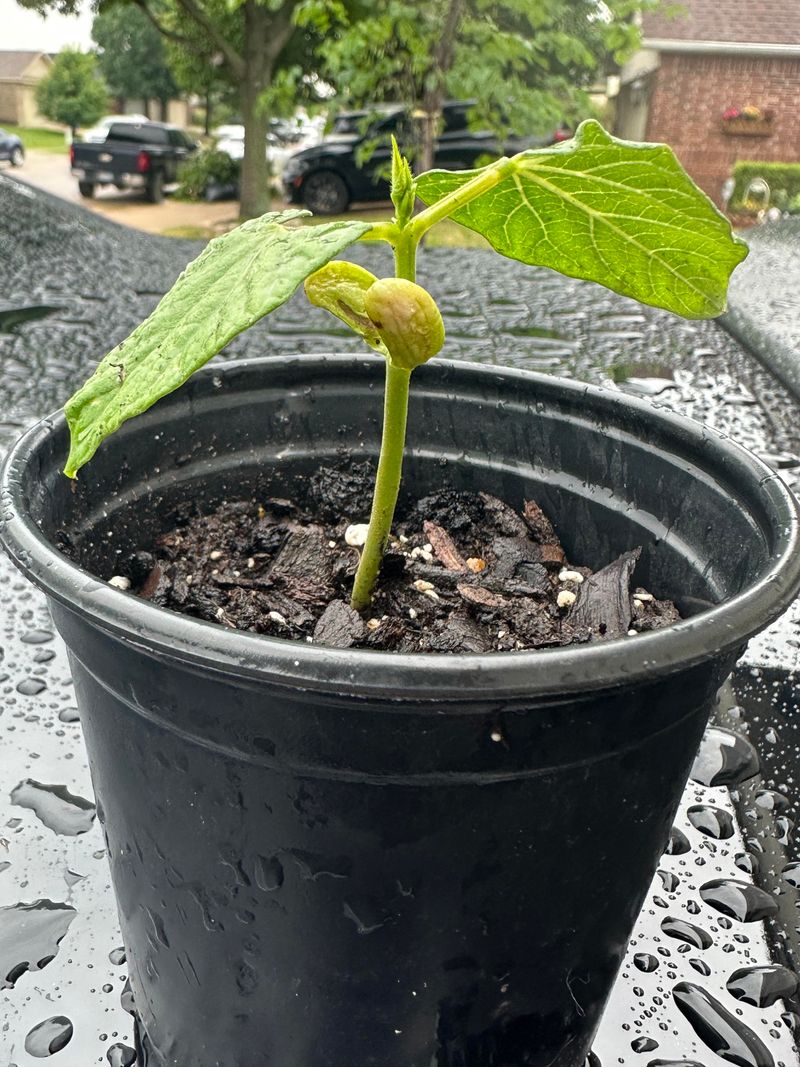Every state in the USA has its own beloved vegetable that embodies its essence and spirit. From coast to coast, these vegetables not only represent the agricultural richness but also the cultural heritage and culinary traditions of each region. Join us on this flavorful journey as we explore these iconic veggies, each with its unique story and charm.
1. Alabama: Sweet Potato
Sweet potatoes are a Southern staple, and Alabama proudly cultivates these vibrant orange gems. Rich in nutrients, they are not just a side dish but a Southern identity. In Alabama, sweet potatoes grace holiday tables, showcasing their versatility in both savory and sweet dishes.
The state’s warm climate and fertile soil provide the perfect environment for these tubers to thrive. Farmers in Alabama have mastered the art of growing sweet potatoes, ensuring they are plump and flavorful.
Whether mashed, baked, or in pies, sweet potatoes are a symbol of Alabama’s rich agricultural heritage.
2. Alaska: Kale
In the rugged landscapes of Alaska, kale stands as a testament to resilience and health. This leafy green thrives in Alaska’s cool climate, providing essential nutrients to its residents.
Kale’s robust nature allows it to flourish where other vegetables may falter, making it a key player in Alaskan gardens. Known for its deep green color and curly leaves, kale is a powerhouse of vitamins and minerals.
It’s not only a winter staple but a year-round source of nourishment, embodying the strength and vitality of Alaskan life.
3. Arizona: Chiltepin Pepper
In the arid desert of Arizona, the chiltepin pepper reigns supreme. Known as the “mother of all peppers,” this tiny chili packs a powerful punch. Its fiery heat is a staple in Southwestern cuisine, adding zest and flavor to dishes.
Chiltepin peppers grow wild in Arizona’s desert, thriving in the intense sun and dry conditions. Their small, round shape belies their potent heat, making them a favorite among spice lovers.
These peppers embody Arizona’s fiery spirit and rugged terrain, offering both culinary excitement and a connection to the land’s wild heritage.
4. Arkansas: PurpleHull Peas
PurpleHull peas hold a cherished place in Arkansas’s heart and cuisine. These legumes, with their distinctive purple pods, are a summer staple in the South.
Known for their earthy flavor, purplehull peas are often enjoyed fresh or dried, adding a depth of taste to traditional Southern dishes. They symbolize the simplicity and richness of Arkansas farming.
Grown in the warm, humid climate, these peas capture the essence of Southern hospitality and home-cooked meals. For Arkansans, they are more than just food; they’re a beloved tradition passed down through generations.
5. California: Artichoke
California, the land of sunshine and bounty, is synonymous with the artichoke. These globe-shaped vegetables are a culinary delight, known for their tender hearts and flavorful leaves.
Grown primarily in the coastal regions, artichokes thrive in California’s Mediterranean climate. They are celebrated for their unique taste and versatility, gracing gourmet dishes and home-cooked meals alike.
Symbolizing abundance and innovation, the artichoke is a proud emblem of California’s rich agricultural legacy. Whether steamed, grilled, or stuffed, it continues to capture the imagination and taste buds of food lovers everywhere.
6. Colorado: Rocky Ford Cantaloupe
Famed for its sweetness, the Rocky Ford cantaloupe is Colorado’s pride and joy. These melons are celebrated for their juicy, orange flesh and intoxicating aroma.
Grown in the fertile Arkansas River Valley, Rocky Ford cantaloupes benefit from Colorado’s sunny days and cool nights. This unique climate enhances their sweetness and flavor.
Perfect for summer picnics or a refreshing snack, these cantaloupes embody the essence of Colorado’s agricultural innovation and dedication to quality. They’re more than just melons; they’re a testament to the state’s vibrant farming community.
7. Connecticut: Heirloom Tomatoes
Connecticut’s gardens are graced with the vibrant hues of heirloom tomatoes. Known for their diverse colors, shapes, and flavors, these tomatoes are a gardener’s delight.
Heirloom tomatoes thrive in Connecticut’s temperate climate, offering a tantalizing taste of summer with every bite. Each variety tells a story, passed down through generations of careful cultivation.
These tomatoes are not just a feast for the eyes and palate but a celebration of biodiversity and heritage. They capture the heart and soul of Connecticut’s gardening culture, bringing joy to both growers and gourmets.
8. Delaware: Lima Beans
Lima beans hold a special place in Delaware’s agricultural landscape. These creamy legumes are a staple in the state’s gardens and kitchens, cherished for their mild flavor and nutritional benefits.
Grown in the rich soils of Delaware, lima beans flourish under the care of dedicated farmers. Their smooth texture and subtle taste make them a beloved addition to stews, soups, and salads.
They embody the spirit of community and sustainability, reflecting Delaware’s commitment to preserving its farming traditions and local flavors. Lima beans are more than just a crop; they’re a symbol of Delaware’s agricultural pride.
9. Florida: Zucchini
Florida, known for its diverse agriculture, proudly grows zucchini as a staple vegetable. The warm climate and fertile soil contribute to its abundant harvest.
Zucchini is a versatile vegetable, popular in many dishes ranging from salads to baked goods. Its mild flavor and tender texture make it a favorite among chefs and home cooks alike.
For those interested in gardening, zucchinis are relatively easy to cultivate and flourish well in Florida’s climate. Consider planting them in a sunny spot with well-drained soil for the best yield.
10. Georgia: Vidalia Onion
Georgia’s Vidalia onion is a sweet sensation that has won hearts nationwide. Known for their mild, sugary flavor, these onions are a culinary treasure.
Grown exclusively in the fields around Vidalia, Georgia, these onions benefit from the unique soil and climate conditions that give them their characteristic sweetness. They are a beloved addition to salads, sandwiches, and more.
Vidalia onions are more than just a crop; they’re a symbol of Georgia’s agricultural prowess and dedication to quality. They bring a touch of Southern sweetness to every dish they’re part of.
11. Hawaii: Taro
Taro holds a sacred place in Hawaiian culture and cuisine. This starchy root vegetable is the key ingredient in poi, a traditional Hawaiian dish.
Taro thrives in Hawaii’s tropical climate, nourished by the rich volcanic soils and abundant rainfall. Its large, heart-shaped leaves are a common sight in Hawaiian landscapes.
Beyond its culinary uses, taro is a symbol of sustenance and tradition, representing the deep connection between the land and its people. It’s more than just food; it’s a vital part of Hawaii’s cultural heritage.
12. Idaho: Potato
Idaho and potatoes are a match made in agricultural heaven. Known for their quality and flavor, Idaho potatoes are a staple that has become synonymous with the state.
The unique climate and volcanic soil of Idaho create the perfect conditions for growing these beloved tubers. They’re celebrated for their versatility and nutritional value.
From fries to mash, Idaho potatoes grace tables across the nation, embodying the spirit of American comfort food. They stand as a proud symbol of Idaho’s agricultural excellence and innovation.
13. Illinois: Pumpkin
Come fall, Illinois transforms into a pumpkin paradise. Known for producing the most pumpkins in the U.S., this state celebrates the gourd in all its glory.
These vibrant orange vegetables thrive in Illinois’ fertile soil, basking in the warm summer sun before the autumn harvest. They’re a symbol of fall festivities and culinary creativity.
From pies to lattes, pumpkins inspire a wide range of seasonal delights. They embody the warmth and charm of Illinois’ agricultural heartland, bringing joy and flavor to tables nationwide.
14. Indiana: Sweet Corn
Indiana’s sweet corn is a summer staple that has captured the hearts of many. Known for its tender kernels and sugary taste, this crop is a favorite in cookouts and barbecues.
Grown in Indiana’s fertile fields, sweet corn thrives in the warm, sunny climate. Its golden ears are a symbol of the state’s agricultural richness and community spirit.
Whether grilled, boiled, or roasted, sweet corn is a taste of summer that connects people and brings joy to gatherings. It’s more than just food; it’s a cherished tradition in Indiana.
15. Iowa: Soybeans
Iowa is a powerhouse of soybean production, with its fields sprawling across the landscape. Known for their versatility, soybeans are a staple in both culinary and industrial applications.
These legumes thrive in Iowa’s fertile soil, benefiting from the state’s ideal growing conditions. They’re a testament to Iowa’s agricultural innovation and sustainability efforts.
From tofu to biodiesel, soybeans are a multifaceted crop that supports both local and global needs. They embody the essence of Iowa’s farming expertise and commitment to feeding the world.
16. Kansas: Wheat
Kansas is synonymous with wheat, earning its title as the “Breadbasket of America.” This golden grain is a cornerstone of Kansas’s agricultural economy and identity.
Wheat thrives in the state’s expansive fields, nurtured by the sun and rain. Its harvest season is a time of celebration and tradition, marking the culmination of hard work and dedication.
From bread to pasta, wheat is a fundamental ingredient in countless culinary staples. It stands as a symbol of Kansas’ agricultural heritage and its role in nourishing the nation.
17. Kentucky: Collard Greens
Collard greens are a beloved staple in Kentucky’s Southern cuisine. Known for their hearty flavor and nutritional benefits, these leafy greens are a cornerstone of home-cooked meals.
Grown in Kentucky’s rich soil, collard greens thrive in the warm, humid climate. Their broad, dark leaves are a common sight in gardens and farmers’ markets across the state.
Beyond their culinary appeal, collard greens symbolize Southern hospitality and tradition. They’re not just a side dish; they’re a cherished part of Kentucky’s cultural and gastronomic heritage.
18. Louisiana: Okra
Okra is a quintessential part of Louisiana’s culinary tapestry. Known for its distinctive texture and flavor, this vegetable is a key ingredient in gumbo and other Creole dishes.
Grown in Louisiana’s warm, humid climate, okra thrives in the rich, alluvial soils. Its tall stalks and green pods are a common sight in Southern gardens.
Okra embodies the bold and vibrant spirit of Louisiana’s cuisine, adding character and depth to dishes. It’s more than just an ingredient; it’s a cultural icon that reflects the state’s unique culinary heritage.
19. Maine: Fiddlehead Ferns
In Maine, the arrival of spring is heralded by the appearance of fiddlehead ferns. These coiled young fronds are a traditional delicacy, sought after for their unique flavor that resembles a blend of asparagus and spinach.
Harvested from the forest floor, fiddleheads are a testament to Maine’s natural bounty and are often featured in local dishes. Sautéed with garlic and olive oil, they make a simple yet elegant side dish.
Foraging for fiddleheads in Maine’s woods is a beloved activity, connecting people to the land and its seasonal cycles.
20. Maryland: Corn
Maryland, known for its vibrant agricultural scene, finds pride in its corn. This staple is more than an economic boon; it’s a symbol of the state’s farming heritage. Journey through Maryland’s countryside, and you’ll be greeted by expansive fields of corn, showcasing the rich soil and favorable climate.
Corn in Maryland is not just for the eyes; it’s a culinary delight. From sweet corn enjoyed during summer barbecues to the essential cornmeal used in local dishes, its versatility is unmatched. Embrace the taste of Maryland by savoring corn in its many delicious forms.
Whether you’re visiting a local farm or attending a community festival, you’ll find corn celebrated in various ways. It’s a testament to Maryland’s dedication to its agricultural roots and community spirit.
21. Massachusetts: Bell Pepper
Bell peppers are a delightful staple in many Massachusetts gardens. Their vibrant colors brighten up both gardens and dishes, offering a sweet and sometimes spicy flavor that complements a variety of recipes.
Whether sliced in salads or stuffed and baked, bell peppers add a nutritious and flavorful punch. These versatile vegetables are not only tasty but rich in vitamins A and C, making them a healthy addition to any meal.
For those looking to grow their own, bell peppers thrive in warm, sunny spots and require regular watering to yield the best harvest.
22. Michigan: Asparagus
Michigan’s asparagus is renowned for its tender texture and fresh, green flavor. Grown primarily in the western part of the state, this vegetable benefits from the rich soil and favorable climate conditions of the region.
Harvest season typically begins in late April and runs through June, offering a bountiful supply during the spring months. Local farmers often celebrate with asparagus festivals, showcasing its versatility in various dishes.
Whether grilled, roasted, or steamed, Michigan asparagus makes for a delicious and healthy addition to any meal. Its unique taste and nutritional benefits have made it a favorite among both locals and chefs nationwide.
23. Minnesota: Wild Rice
Wild rice is a unique and cherished staple in Minnesota’s culinary heritage. Known for its nutty flavor and chewy texture, this grain is a key ingredient in many traditional dishes.
Harvested from the lakes and rivers of Minnesota, wild rice thrives in the state’s cool, northern climate. Its tall stalks and dark grains are a familiar sight in local markets and dishes.
Beyond its culinary appeal, wild rice is a symbol of Minnesota’s natural beauty and indigenous culture. It’s more than just a grain; it’s a connection to the land and its people.
24. Mississippi: Collard Greens
Collard greens are a cherished part of Mississippi’s culinary landscape. Known for their rich flavor and nutritional benefits, these greens are a staple in Southern cooking.
Grown in Mississippi’s warm climate and fertile soil, collard greens thrive in gardens across the state. They’re often enjoyed cooked with smoked meats, adding depth and flavor to meals.
Beyond their taste, collard greens symbolize Southern hospitality and tradition. They’re more than just a vegetable; they’re a part of Mississippi’s cultural and gastronomic identity.
25. Missouri: Bell Pepper
Missouri is known for its bell peppers, a versatile vegetable that adds a splash of color to any dish. These peppers thrive in Missouri’s rich soil and favorable climate, growing plentifully during the summer months.
Bell peppers come in various colors, including green, red, yellow, and orange, each offering a slightly different flavor profile. They are a staple in many local recipes, from stuffed peppers to fresh salads.
In addition to their culinary uses, bell peppers are packed with vitamins and antioxidants, making them a healthy choice for any diet. Whether roasted, grilled, or eaten raw, they bring a fresh and crisp texture to meals.
26. Montana: Lentils
Lentils are a staple in Montana’s agricultural scene. Known for their versatility and nutritional benefits, these legumes are a key ingredient in many healthy dishes.
Grown in Montana’s fertile fields, lentils thrive in the state’s unique climate. Their small, round seeds are a familiar sight in kitchens and markets across the region.
Beyond their culinary appeal, lentils symbolize Montana’s commitment to sustainability and innovation. They’re more than just a crop; they’re a part of the state’s agricultural identity and future.
27. Nebraska: Corn
Corn is king in Nebraska, where its golden ears dominate the landscape. Known for its sweet flavor and versatility, corn is a staple in both food and industry.
Grown in Nebraska’s fertile fields, corn thrives in the state’s warm, sunny climate. Its tall stalks are a symbol of the state’s agricultural richness and innovation.
Beyond its culinary uses, corn is a symbol of Nebraska’s commitment to feeding the nation and the world. It’s more than just a crop; it’s a part of the state’s cultural and economic fabric.
28. Nevada: Desert Carrot
In the heart of Nevada’s arid climate, the desert carrot stands as a symbol of resilience and adaptability. These hardy vegetables thrive under the hot sun and require minimal water, making them ideal for the state’s challenging growing conditions. The desert carrot’s sweet flavor and crunchy texture make it a favorite among locals.
Nevada’s farmers have embraced this vegetable, incorporating it into a variety of dishes. From fresh salads to roasted sides, the desert carrot adds a burst of color and nutrition to meals. Its ability to grow in less-than-ideal conditions highlights the innovative spirit of Nevada’s agricultural community.
29. New Hampshire: Butternut Squash
Butternut squash is a fall favorite in New Hampshire. Known for its sweet, nutty flavor and versatility, this vegetable is a staple in hearty dishes and soups.
Grown in New Hampshire’s fertile fields, butternut squash thrives in the cool, crisp autumn climate. Its smooth, orange skin is a symbol of the state’s agricultural bounty.
Beyond its culinary appeal, butternut squash embodies New Hampshire’s commitment to quality and tradition. It’s more than just a vegetable; it’s a part of the state’s cultural and culinary heritage.
30. New Jersey: Eggplant
Eggplant is a versatile and beloved vegetable in New Jersey’s culinary scene. Known for its rich flavor and glossy purple skin, this crop is a staple in Mediterranean and Asian dishes.
Grown in New Jersey’s fertile fields, eggplants thrive in the state’s warm, sunny climate. Their distinctive appearance and taste make them a favorite among gardeners and chefs alike.
Beyond their culinary uses, eggplants symbolize New Jersey’s commitment to diversity and innovation. They’re more than just a vegetable; they’re a part of the state’s vibrant agricultural heritage.
31. New Mexico: Chile Pepper
Chile peppers are the heart and soul of New Mexico’s cuisine. Known for their fiery heat and vibrant flavor, these peppers are a staple in traditional dishes.
Grown in New Mexico’s arid climate, chile peppers thrive under the intense sun. Their bold colors and potent taste are a symbol of the state’s culinary pride and passion.
Beyond their culinary uses, chile peppers embody New Mexico’s cultural heritage and community spirit. They’re more than just a spice; they’re a part of the state’s identity and flavor.
32. New York: Cabbage
New York’s fertile soil and favorable climate produce some of the country’s most robust cabbages. These leafy green vegetables are a staple in many local dishes, from savory stews to crisp coleslaws. Known for their dense heads and slightly peppery taste, New York cabbages are both delicious and versatile.
During the harvest season, the state celebrates with festivals dedicated to this hardy vegetable. Families visit farms to pick their own cabbages, enjoying the fresh air and beautiful scenery. It’s a tradition that brings communities together, reinforcing the importance of supporting local agriculture.
33. North Carolina: Sweet Potato
Sweet potatoes are a beloved staple in North Carolina’s cuisine. Known for their rich, sweet flavor and nutritional benefits, these tubers are a favorite in both savory and sweet dishes.
Grown in North Carolina’s warm climate, sweet potatoes thrive in the state’s fertile soil. Their vibrant orange flesh is a symbol of the state’s agricultural richness and community spirit.
Beyond their culinary uses, sweet potatoes embody North Carolina’s commitment to quality and innovation. They’re more than just a vegetable; they’re a part of the state’s cultural and gastronomic heritage.
34. North Dakota: Rutabaga
In North Dakota, the humble Rutabaga takes center stage as a hearty vegetable that withstands the state’s harsh winters. This root vegetable is well-suited to the challenging climate, offering a nutritious and versatile ingredient in local dishes.
Rutabagas are often enjoyed as a side dish, roasted or mashed, complementing hearty North Dakota meals. They are rich in vitamins and minerals, making them a healthy choice for families across the state.
Farmers in North Dakota cultivate Rutabagas with care, ensuring they are ready for the chilly months. Whether you’re a local or just visiting, sampling dishes featuring this iconic vegetable offers a taste of North Dakota’s agricultural resilience.
35. Ohio: Tomato
Tomatoes are a vibrant and versatile staple in Ohio’s culinary scene. Known for their juicy flavor and rich red color, these fruits are a favorite in salads, sauces, and more.
Grown in Ohio’s fertile fields, tomatoes thrive in the state’s warm, sunny climate. Their abundant harvest is a symbol of Ohio’s agricultural richness and community spirit.
Beyond their culinary uses, tomatoes embody Ohio’s commitment to quality and tradition. They’re more than just a fruit; they’re a part of the state’s cultural and gastronomic heritage.
36. Oklahoma: Pecan
While pecans are technically nuts, they are often classified in culinary contexts as vegetables due to their usage in dishes. In Oklahoma, pecans are a cherished part of many recipes, from pies to savory dishes.
The state’s climate and soil conditions are ideal for pecan growth, making it a significant agricultural product. Pecans also play a role in Oklahoma’s economy, with numerous festivals celebrating the harvest season.
37. Oregon: Garlic
Garlic, known for its pungent aroma and flavor, is a key ingredient in many dishes worldwide. In Oregon, garlic thrives due to the region’s fertile soil and moderate climate.
This state is home to various garlic festivals, where enthusiasts celebrate the harvest and share recipes. Oregon’s garlic is not only prized for its taste but also for its reputed health benefits, such as boosting immunity.
38. Pennsylvania: Mushroom
Mushrooms are a fascinating and flavorful staple in Pennsylvania’s culinary scene. Known for their earthy taste and versatility, these fungi are a favorite in a range of dishes.
Grown in Pennsylvania’s cool, dark environments, mushrooms thrive in the state’s unique conditions. Their creamy caps and delicate texture are a symbol of the state’s agricultural innovation.
Beyond their culinary uses, mushrooms embody Pennsylvania’s commitment to quality and tradition. They’re more than just a vegetable; they’re a part of the state’s cultural and gastronomic heritage.
39. Rhode Island: Broccoli Rabe
Broccoli rabe is a vibrant and unique vegetable in Rhode Island’s culinary landscape. Known for its slightly bitter flavor and tender texture, this green is a favorite in Mediterranean dishes.
Grown in Rhode Island’s fertile gardens, broccoli rabe thrives in the state’s temperate climate. Its tender shoots and deep green leaves are a symbol of the state’s agricultural diversity.
Beyond its culinary uses, broccoli rabe embodies Rhode Island’s commitment to quality and tradition. It’s more than just a vegetable; it’s a part of the state’s cultural and gastronomic heritage.
40. South Carolina: Collard Greens
Collard greens are a cherished staple in South Carolina’s Southern cuisine. Known for their hearty flavor and nutritional benefits, these leafy greens are a cornerstone of home-cooked meals.
Grown in South Carolina’s rich soil, collard greens thrive in the warm, humid climate. Their broad, dark leaves are a common sight in gardens and farmers’ markets across the state.
Beyond their culinary appeal, collard greens symbolize Southern hospitality and tradition. They’re more than just a side dish; they’re a cherished part of South Carolina’s cultural and gastronomic heritage.
41. South Dakota: Carrots
South Dakota’s carrots are a testament to the state’s agricultural prowess, thriving in the fertile plains. Known for their rich, sweet flavor and vibrant color, South Dakota’s carrots are a staple in local cuisine.
These carrots are celebrated for their nutritional benefits, loaded with vitamins and antioxidants. They make a fantastic addition to any meal, whether enjoyed raw, cooked, or as part of a savory dish.
Growing carrots in South Dakota is a rewarding experience, thanks to the favorable climate and soil conditions. With a little care and attention, these carrots flourish, bringing a touch of South Dakota’s natural bounty to your table.
42. Tennessee: Turnip Greens
Turnip greens are a beloved part of Tennessee’s Southern cuisine. Known for their peppery flavor and nutritional benefits, these greens are a staple in home-cooked meals.
Grown in Tennessee’s rich soil, turnip greens thrive in the warm, humid climate. Their broad, tender leaves are a common sight in gardens and farmers’ markets across the state.
Beyond their culinary appeal, turnip greens symbolize Southern hospitality and tradition. They’re more than just a side dish; they’re a cherished part of Tennessee’s cultural and gastronomic heritage.
43. Texas: Jalapeño Pepper
Jalapeño peppers are a fiery staple in Texas’ culinary scene. Known for their bold flavor and moderate heat, these peppers are a favorite in a range of dishes.
Grown in Texas’ warm climate, jalapeños thrive in the state’s fertile soil. Their bright green color and spicy taste are a symbol of the state’s culinary innovation and passion.
Beyond their culinary uses, jalapeños embody Texas’ spirit of boldness and creativity. They’re more than just a spice; they’re a part of the state’s cultural and gastronomic heritage.
44. Utah: Sugar Beet
Sugar beets thrive in Utah’s climate, offering a sweet alternative to traditional sugar sources. These robust vegetables are grown extensively in the state, contributing significantly to Utah’s agricultural economy. They are processed into sugar, providing a local sweetener option.
The cultivation of sugar beets supports sustainable farming practices, as they require less water and offer good crop rotation benefits. This makes them an environmentally friendly choice for Utah farmers.
Beyond sugar production, sugar beets have a variety of uses, including in animal feed and biofuel. Their versatility and economic importance make them a valuable crop in Utah’s diverse agricultural landscape.
45. Vermont: Brussels Sprouts
Vermont, known for its scenic landscapes, is also home to the humble Brussels sprout. These mini cabbages thrive in Vermont’s cool climate and are celebrated for their slightly nutty flavor.
In Vermont, Brussels sprouts are a staple in autumn dishes, bringing a touch of freshness to hearty meals. Roasted or sautéed, they add a delightful crunch and flavor to any plate.
Locals often enjoy them with a drizzle of Vermont maple syrup, creating a perfect balance of savory and sweet. Whether part of a holiday feast or a simple family dinner, Brussels sprouts highlight Vermont’s culinary creativity.
46. Virginia: Butterbean
Virginia’s iconic vegetable, the butterbean, is cherished for its creamy texture and subtle flavor. Often enjoyed in Southern dishes, these beans are a delightful addition to any meal, providing a taste of Virginia’s rich agricultural heritage.
Butterbeans are typically grown during the warm months, requiring well-drained soil and ample sunlight to thrive. Farmers in Virginia take great pride in cultivating these legumes, ensuring quality and freshness.
For a home cook, butterbeans offer versatility, whether they are served as a side dish or incorporated into stews. Their mild flavor pairs well with a variety of spices and ingredients, making them a favorite in local kitchens.
47. Washington: Walla Walla Sweet Onion
The Walla Walla Sweet Onion is a prized vegetable in Washington, celebrated for its mild, sweet flavor. Grown in the Walla Walla Valley, this onion stands out for its juicy texture and lack of pungency, making it a favorite among chefs and home cooks alike.
The unique taste of the Walla Walla Sweet Onion is attributed to the valley’s fertile soil and the dedicated efforts of local farmers. Its sweetness shines in salads, sandwiches, and as a topping for grilled dishes.
This onion’s popularity extends beyond Washington, as its high quality and distinctive flavor have garnered national attention. The annual Walla Walla Sweet Onion Festival highlights the community’s pride and tradition surrounding this exceptional vegetable.
48. West Virginia: Ramps
Ramps are a wild and flavorful delight in West Virginia’s culinary scene. Known for their garlicky flavor and tender texture, these greens are a staple in springtime dishes.
Harvested from West Virginia’s forests, ramps thrive in the state’s cool, shaded areas. Their broad leaves and slender bulbs are a symbol of the state’s natural beauty and abundance.
Beyond their culinary uses, ramps embody West Virginia’s commitment to tradition and sustainability. They’re more than just a wild green; they’re a part of the state’s cultural and gastronomic heritage.
49. Wisconsin: Green Beans
Wisconsin, known for its dairy, also celebrates its vibrant green beans. These beans are a key ingredient in many local dishes and are cherished for their crispness and fresh taste.
Green beans flourish in Wisconsin’s fertile soil and favorable growing conditions, making them a popular choice for gardeners and farmers alike. They are often found in salads, casseroles, and as a simple steamed side dish.
For anyone visiting Wisconsin, sampling dishes with locally grown green beans is a must, providing a delicious glimpse into the state’s rich agricultural tapestry.
50. Wyoming: Pinto Beans
Pinto beans are a humble and nutritious staple in Wyoming’s agricultural scene. Known for their earthy flavor and versatility, these beans are a key ingredient in many dishes.
Grown in Wyoming’s fertile fields, pinto beans thrive in the state’s unique climate. Their speckled appearance and robust taste are a symbol of the state’s agricultural richness.
Beyond their culinary uses, pinto beans embody Wyoming’s commitment to sustainability and tradition. They’re more than just a bean; they’re a part of the state’s cultural and economic heritage.

